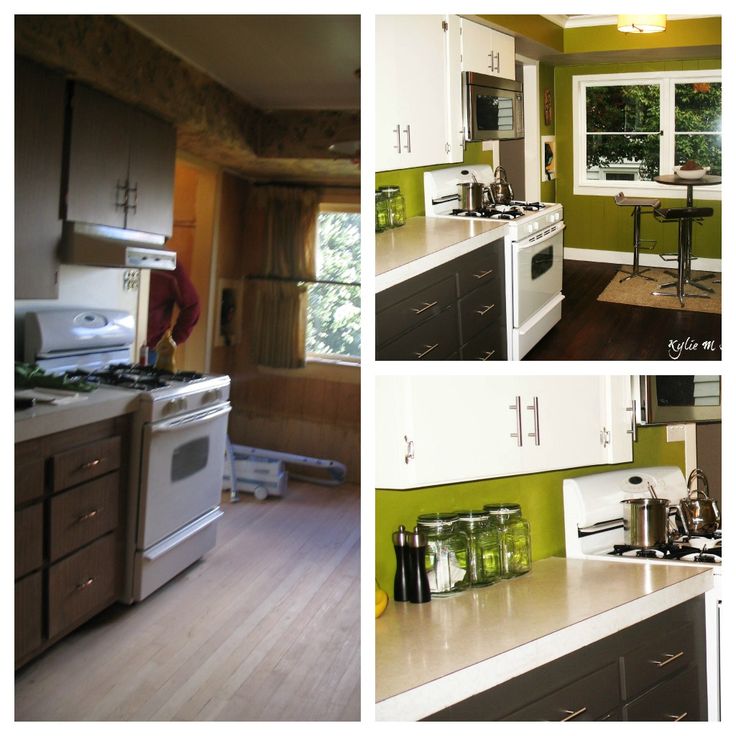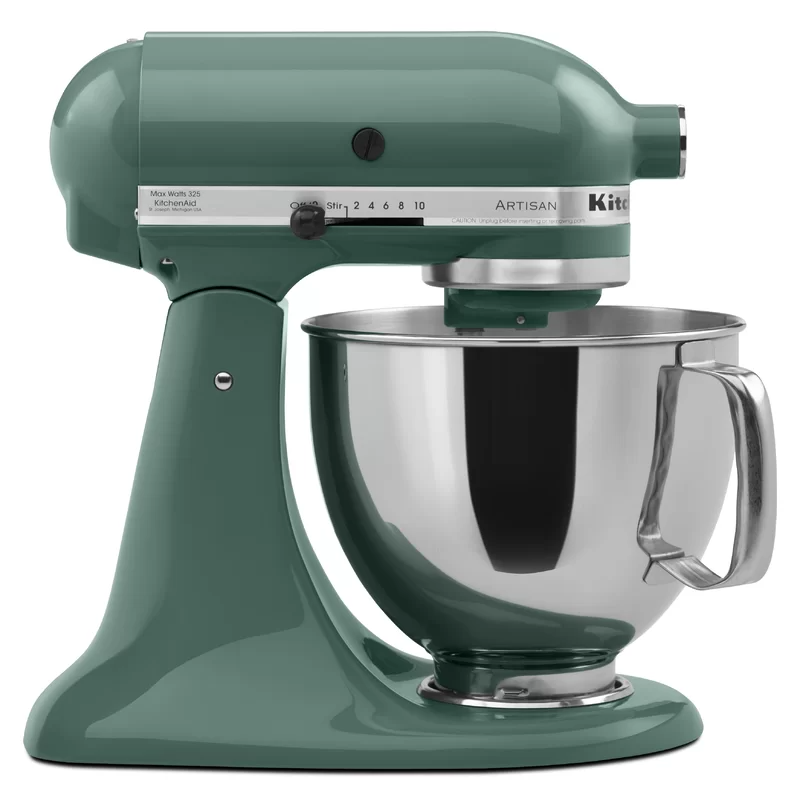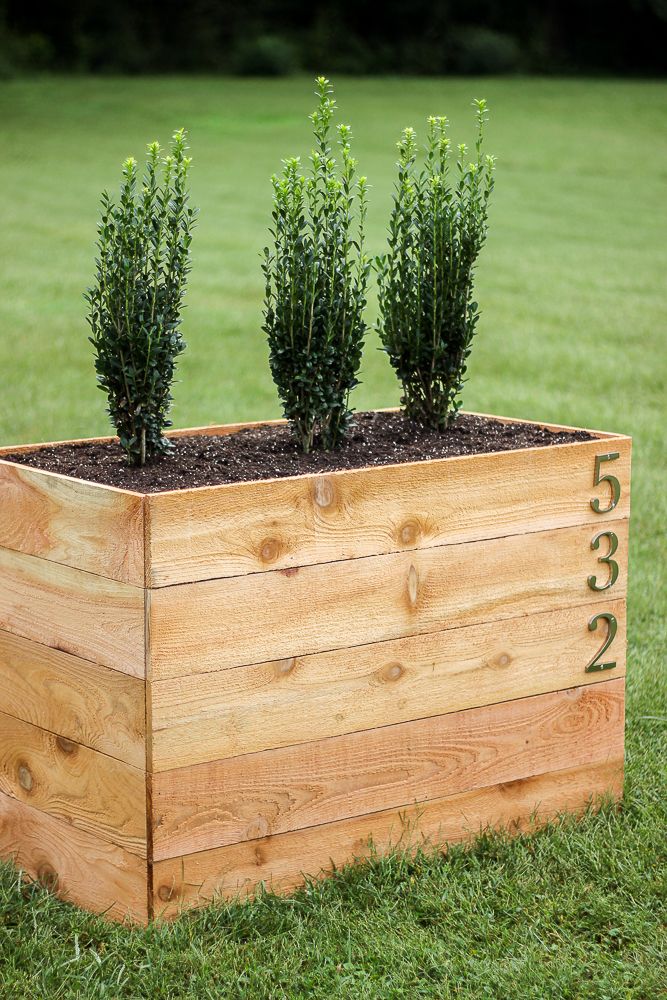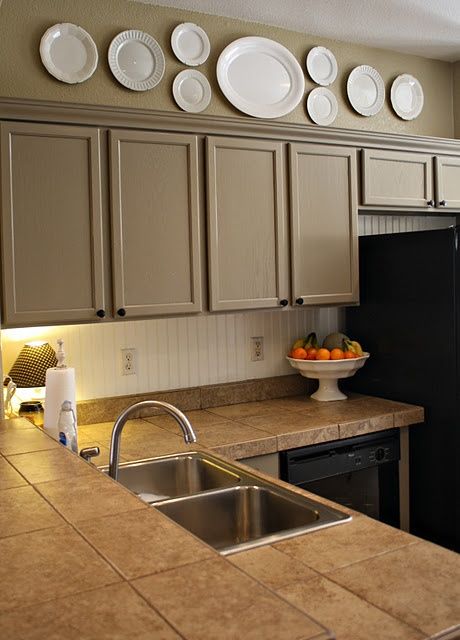Old french kitchens
A Stunning Collection of French Country Kitchens
Let’s grab a cup of French Roasted coffee and take a little stroll down A Parisian country side road and peek into some cottage kitchens with a Country French Flair! I hope you enjoy A Collection of Country French Kitchens! No matter what your style…these special spaces transport you to a special place…some will be old school and some with all the modern amenities…warning…after taking this little trip you will probably crave a croissant, pipping hot crusty bread and some brie!
.
.
.
Warm and inviting… with all the Old World European charm one could ever imagine.
.
source
.
.
The Country French Kitchen is very welcoming…a greeting that is from the heart.
.
source
.
.
A touch of rustic, bits of vintage and flea market finds spell out home…but the chef of this kitchen is not ruffing it by the looks of that gorgeous stove!
.
source
.
.
The entrance to this down stairs kitchen shows off many natural elements…do you think they heard about the new trending styles of 2013?
.
.
.
How about breaking off a hot piece of a baguette before we continue?
.
source
.
.
A bit of Cottage Country French…reminds me very much of my Grandmother’s style…quaint and loving.
.
source
.
.
Well they knew we were coming so there is a little a little treat waiting for us…those shabbied cabinets are yummy too…
.
source
.
.
Let’s enjoy our treat here…this room is rustic… natural and kissed by a touch of French Linen…a perfect place.
.
source
.
.
The Country French Kitchen is a place where the special ingredient in all the food is love…they also put the “C” in charming. Now we are going to travel outside of France to the shores of the US and see a few American adaptations of the Country French style…
.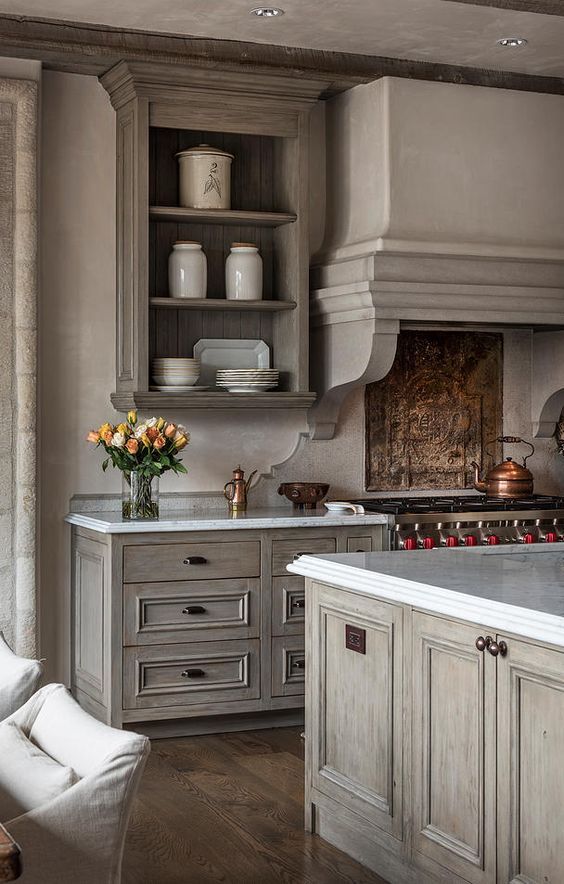
source
.
.
Touches of copper…religious relics…fresh flowers accent this gorgeous kitchen.
.
source
.
French Linens piled with chippy tin containers filled with fruit make amazing simple vignettes to the kitchen space.
.
source
.
.
Side boards with some rustic pottery and primitive sculptures are wonderful touches that just exude charm.
.
source
.
.
No…not all Country French flavored kitchens are in neutral…
.
source
.
.
Wood…baskets…collections of favorite things create a natural look throughout this space.
.
source
.
.
Vintage tins suspended from the ceiling…an old sewing machine base creates a wonderful little work space…linen curtains act as doors…wooden floors add some rich warmth…there is no right or wrong…just as long as you are happy with what is surrounding you.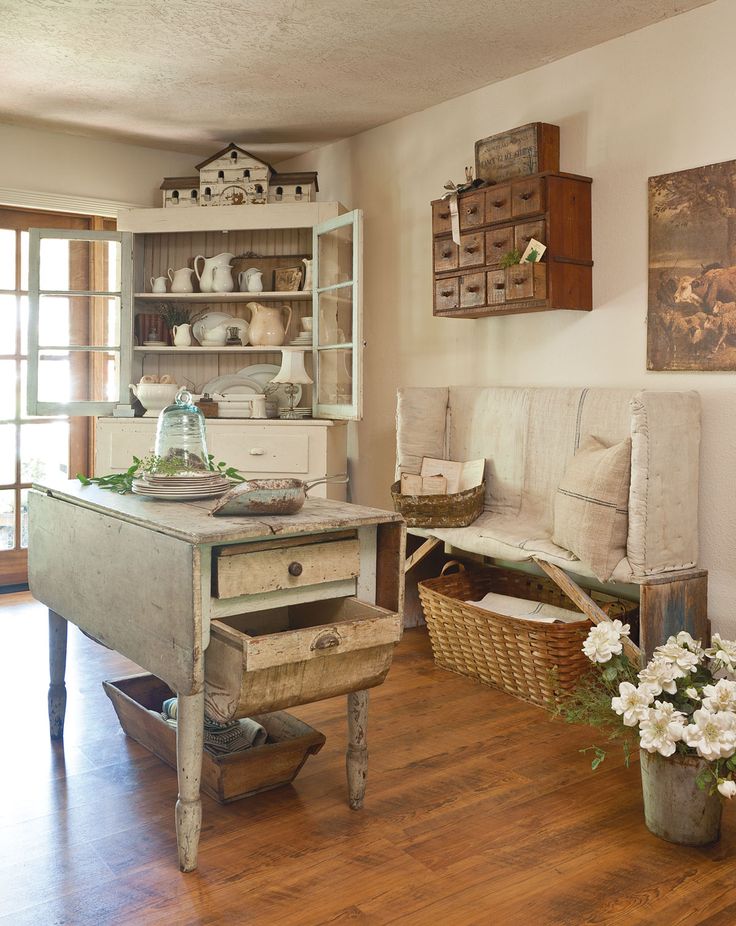
.
source
.
.
This vintagey French Cottage space is oh so charming…farmhouse sink…glass cabinets…tons of wood and vintage finds and a touch of glam with a crystal chandelier.
.
source
.
.
Adding interesting vintage pieces add so much character. This buttery shaded glass door cabinet has seen many a place settings but it just adds to it’s personality.
.
source
.
.
What a fresh and wonderful space…vintage cornice molding that has been white washed adds so much personality to the window and those simple linen curtains that have been hand tied with ribbon to the rod are just too sweet. As in many of these spaces…personal collections are everywhere.
.
source
.
.
Now sometimes the Country French Style can be GRAND.
.
.
.
Here is one that is ball room grand but it has tons of French Flair!
.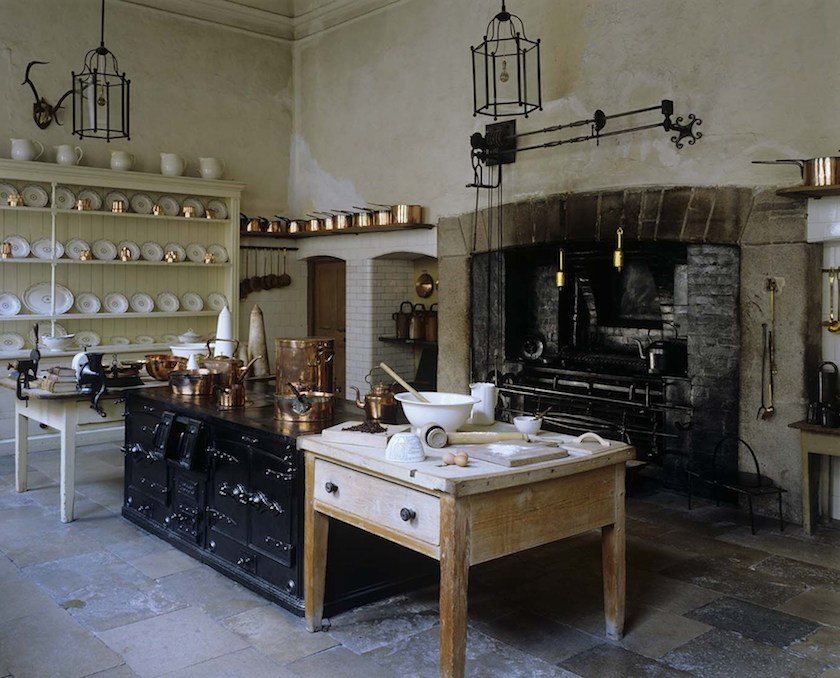
.
.
Sometimes the Country French Kitchen is very ornate. The provincial style shows itself in this one.
.
source
.
.
Oh so rich is style in charm.
.
source
.
.
The “homey” cozy feel is very big in the Country French style…
.
source
.
.
Now here is a space that is GRAND but has all the natural warmth and charm you could desire. Loving the color and check out the bricked half circle floor by the stove…I think that space was meant for me…easy clean up on the spills…amazing stove and a pasta water spout…my heart is thumping!
.
source
.
.
A very natural space with tons of pizzaz…loving the checkered tiled pattern mixed in with the brick back splash…so many natural elements here and they look fabulous together. All of the old world charm with the modern conveniences!
.
source
.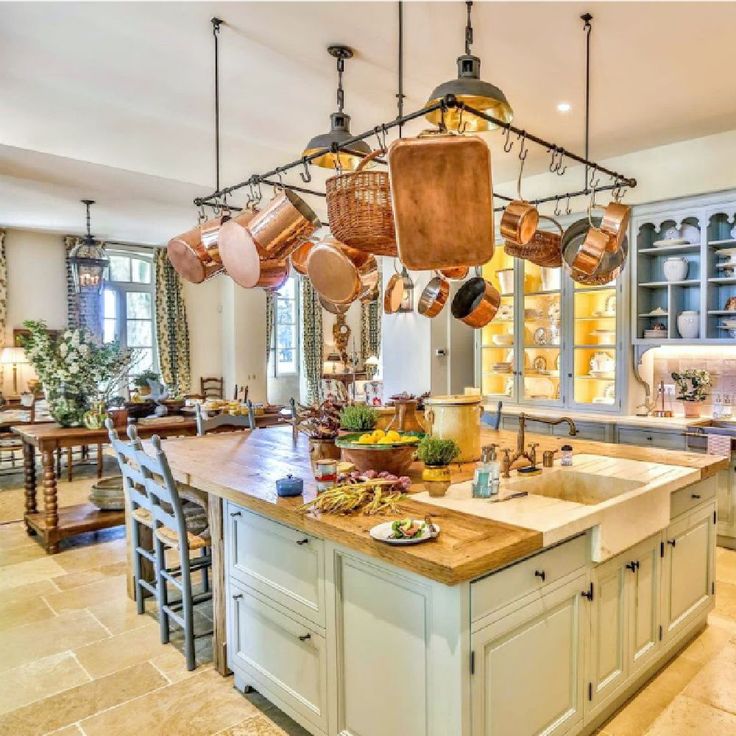
.
Copper is just about everywhere…but I do believe it looks the best on that AMAZING stove! This is simply a wonderful space.
.
source
.
.
So…you may crave this style but enjoy new with a vintage flair…
.
source
.
.
Or you might adore the “real” vintage pieces…
.
.
.
I personally am favoring a cohesive blend of old and new. This kitchen mixes all of my favorite elements of the Country French style and you have to love a kitchen that has a cushy chair right?
.
via House Beautiful
As always here at The Cottage Market we would like to send out tons of APPAWS and APPLAUSE to all of our blogger friends for sharing their talents and creativity with us! We want them to know that they are appreciated and loved. You are going to adore exploring their blogs for more outstanding DIY’s and inspiration. As always…ENJOY & CREATE!
| Want to stay in the know? I’d really love that! (((HUGS))) |
| Like … on Facebook | Follow … on Pinterest | Follow … on Instagram | Follow … on Twitter |
27 Chic French Country Kitchens
Every item on this page was hand-picked by a House Beautiful editor.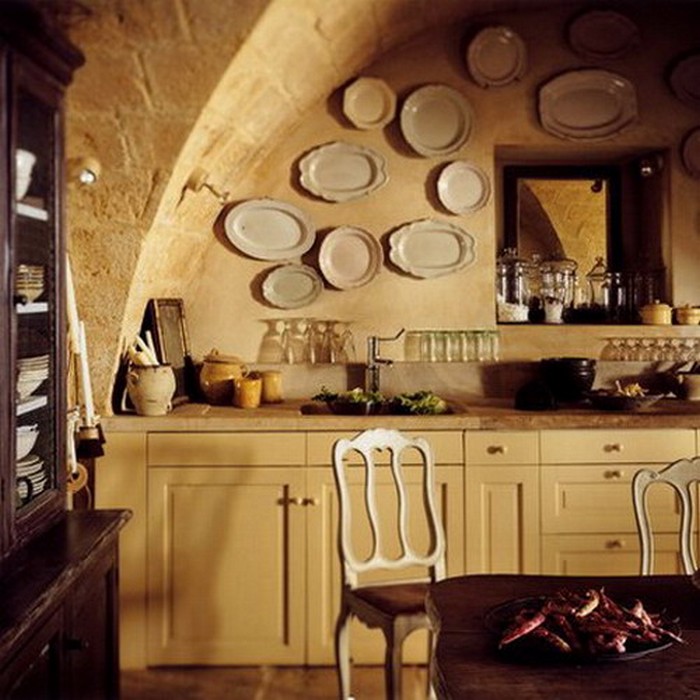 We may earn commission on some of the items you choose to buy.
We may earn commission on some of the items you choose to buy.
Get that je ne sais quoi just right.
By Hadley Mendelsohn
Bjorn Wallander
Whether we're talking about fashion, food, or interior design, French style is simply iconic. French country kitchens, in particular, make us feel some kind of way. With colors taken straight out of the Provençal landscape, rustic accents, and that general je ne sais quoi, French country kitchens boast effortless elegance. Plus, if you emulate their style in your own home, every day will feel like a vacation in the South of France. Well, maybe not quite, but it's a close second. So take a mental vacation with these 27 French country–style kitchen tips.
Maura McEvoy
1 of 27
Plenty of Blooms
Fill the room with flowers and opt for antique, classic vases for a French-country look.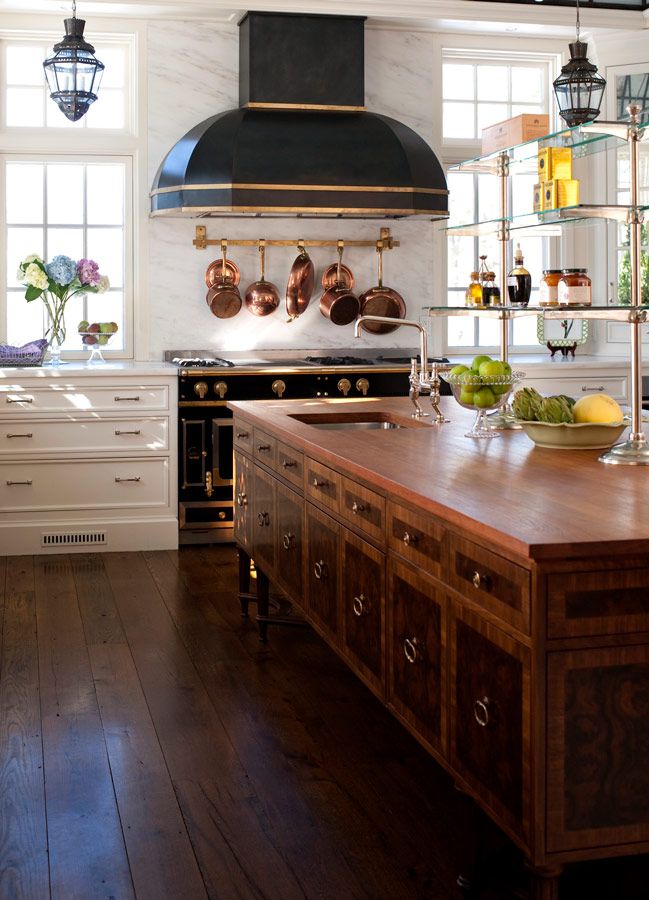 This geometric floor design personalizes the long, narrow galley kitchen.
This geometric floor design personalizes the long, narrow galley kitchen.
Emily Followill
2 of 27
Limewashed Cabinets
Custom limewashed poplar cabinetry and paneling, along with an imperial Danby marble backsplash, create an elegant atmosphere in the open kitchen cabinets in this eat-in kitchen designed by Jeffrey Dungan. The dining area brings in just enough contrast and looks contemporary while still channeling the French countryside.
Laura Resen
3 of 27
Retro-Inspired Appliances
Consider an on-trend yet timeless color combination for a bold kitchen statement. Retro-inspired appliances are great way to balance out the more modern elements and give it a French-countryside feel.
House Beautiful
4 of 27
Whimsical Embellishments
This barrel-vaulted ceiling provides the perfect softly curved backdrop for the whimsical lavender and pale peach mural by Michael Duté in this French country kitchen designed by Erin Martin.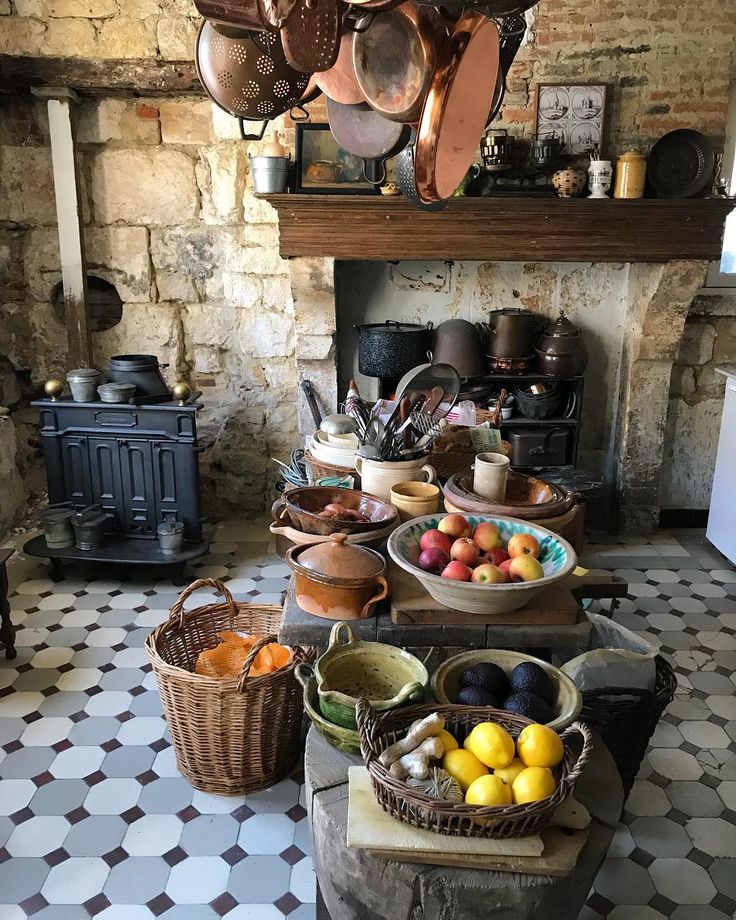 The hood is also spruced up with an original Duté painting. The laidback materials and topiaries keep the sweet, romantic elements of the space grounded and welcoming (and very much channel Provence!).
The hood is also spruced up with an original Duté painting. The laidback materials and topiaries keep the sweet, romantic elements of the space grounded and welcoming (and very much channel Provence!).
Savage Gibson
5 of 27
Dainty Accents
Paint the floors a cheerful color, and then reflect it with accent pieces and linens throughout the space, like a skirted vanityty. We can smell the fresh croissants from here.
Simon Upton
6 of 27
Island Substitute
Instead of an island, opt for a bonus surface space that can function as both a dining table and a prep counter. Wrought iron window frames (with matching pendants), metal grate cabinets, distressed paint, and wicker chairs all contribute to a French country feel.
Paul Raeside
7 of 27
Layers of Neutrals
In this kitchen by Michael Maher in a 1950s colonial revival, several neutral colors and materials are layered for subtle dimensions. Benjamin Moore's Jute is used on the walls while Farrow & Ball's Hardwick White is used on the cabinets and trims. The gilt-framed still life painting and chandelier bring a dressier sensibility.
The gilt-framed still life painting and chandelier bring a dressier sensibility.
PHOTO: Alexandra Ribar; DESIGN: Leanne Ford Interiors
8 of 27
Eclectic Seating
Mix and match your seating for an eclectic farmhouse feel, and bring in pops of color with antique cabinetry and tableware. The woven pendant lamp adds a coastal flair, too. When it comes to choosing a backsplash, classic white subway tiles will never let you down.
Julie Soefer
9 of 27
Rustic Accents
Everything in this gorgeous kitchen designed by Nina Magon revolves around the existing cobblestone accent wall. Magon knew she wanted to give the kitchen a French Chaeteu vibe, which she accomplished with a Calcutta marble island, modern gunmetal Gabriel Scott pendants, and velvet cornflower blue stools. These glamorous pieces juxtapose with the French limestone floor tiles, scraggly stone walls, and exposed wood beams.
FRANCESCO LAGNESE
10 of 27
Market Bags
The kitchen is also a side entrance to this farmhouse, so designer Tom Scheerer secured hooks to the walls with plenty of reusable bags for fresh farmer's market produce.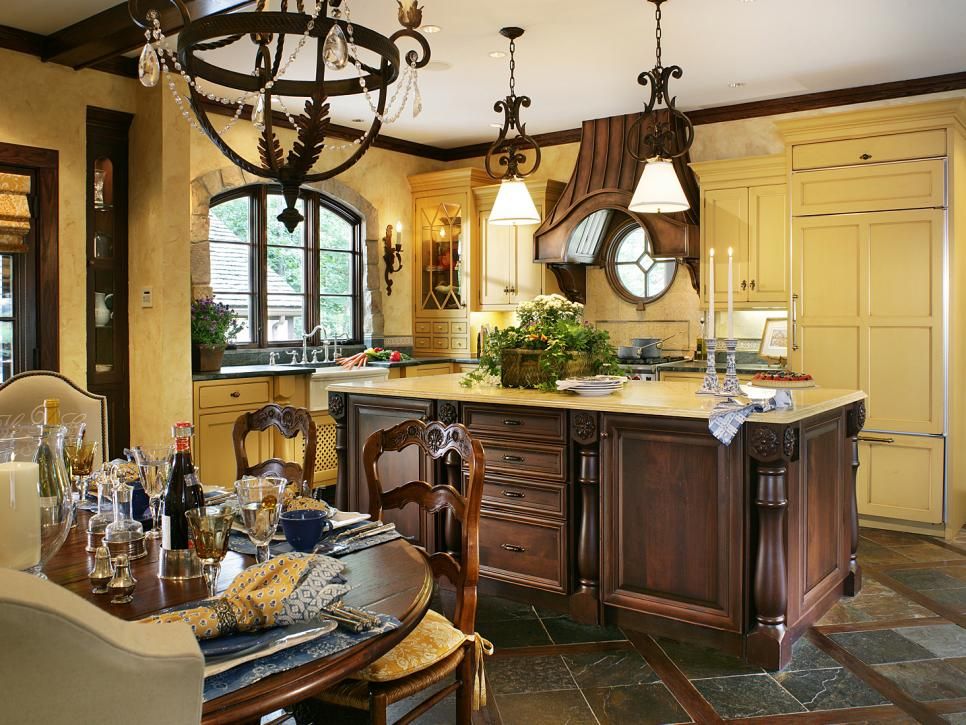 How French!
How French!
Mali Azima
11 of 27
Dramatic Ceilings
Designer Melanie Turner painted the lower cabinets of the kitchen island Midnight Blue by Benjamin Moore to match the upholstered stools and bring a touch of color. A nailhead trim nods to the rivets on the hood, and pale gray natural stone complements the blue tones, which are warmed up by the gold accents.
FRANCESCO LAGNESE
12 of 27
Colorful Tiles
Designer duo Thomas Jayne and William Cullem set out to give this kitchen a European country estate aesthetic. Dramatically high ceilings, whitewashed exposed beams, and custom mosaic tiles that gesture to the adjacent mint green room get the job done.
Bjorn Wallander
13 of 27
Reclaimed and Found Objects
This kitchen is the perfect balance between formal and laidback, thanks to designer Annie Brahler's skillful layering of antiques. The gilt antique mirror, chandelier, and decorative accents on the vintage demilune cabinets add some frill and pomp, while the reclaimed, distressed wood columns ground the room with an air of history and resilience.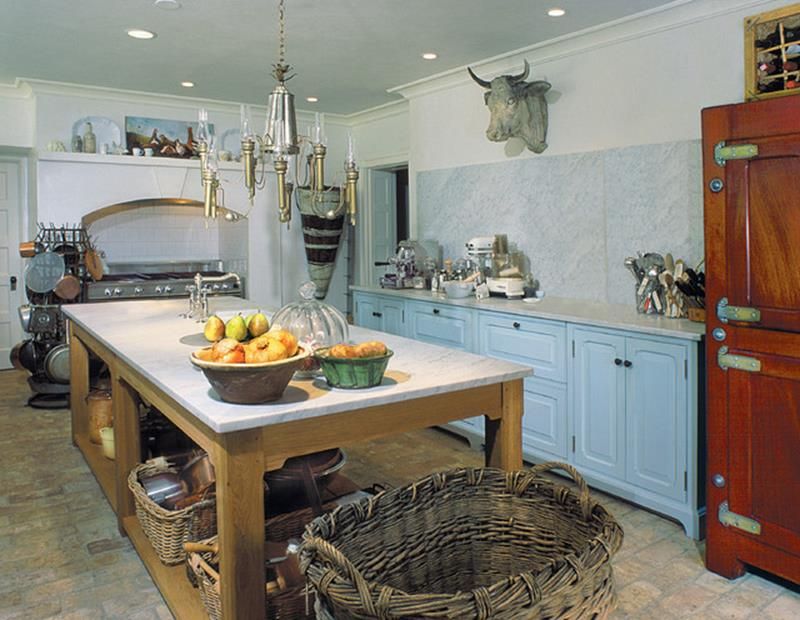
Bjorn Wallender
14 of 27
A Regal Range
French country can be formal, too: It's all in the range. The floating kitchen island is a great place to work and also offers extra storage space.
Catherine Kwong Design
15 of 27
High Ceilings
This French-country-inspired (hello, wrought-iron pendant) California kitchen feels like the perfect balance between classic, cozy, and refined. A light blue hue brings in color without overwhelming the senses.
Paige Rumore
16 of 27
Slipcovered Seats
The plaster walled kitchen in Thomas Rhett and Lauren Akinses’ Nashville retreat is what designer April Tomlin calls the "hub of the home." Family members gather around the double islands and get cozy on slipcovered counter stools. Antique light fixtures give it a French country flair. And if you'd rather keep the ceiling space clear but still want in on the hanging cookware trend, take note of this approach and hang them lower in front of the windows instead.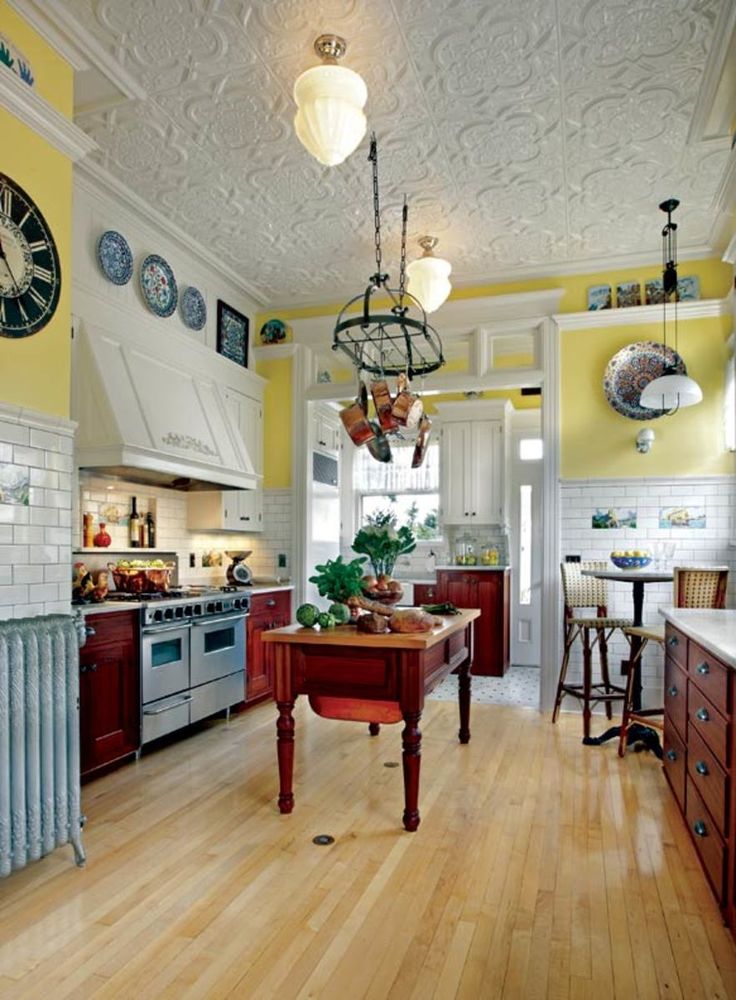
PHOTO: Tessa Neustadt; DESIGN: Leanne Ford Interiors
17 of 27
Rustic Bones
If you don't want to call the contractor to customize an island in the kitchen, bring in a long wood table that can double as a dining surface. Opt for open shelves for a casual look (and easy access to cookware) that really puts the spotlight on the rustic bones of your kitchen.
Annie Schlechter
18 of 27
Grand Overtures
A long hanging pendant accentuates the high ceilings and plays on the fancy feel of this kitchen space, yet the farmhouse-style sink keeps it approachable.
William Abranowicz
19 of 27
Exposed Beams
Just beyond the island is a grand dining area enhanced by exposed beams. The long pendants accentuate the high ceilings, giving it an air that's equal parts formal and approachable.
Douglas Friedman
20 of 27
Display Cabinets
Designer and architect Garrow Kedigian gave this NYC apartment kitchen a French country spin with display cabinets stacked with classic china, hanging copper cookware galore, and a cobalt La Cornue stove.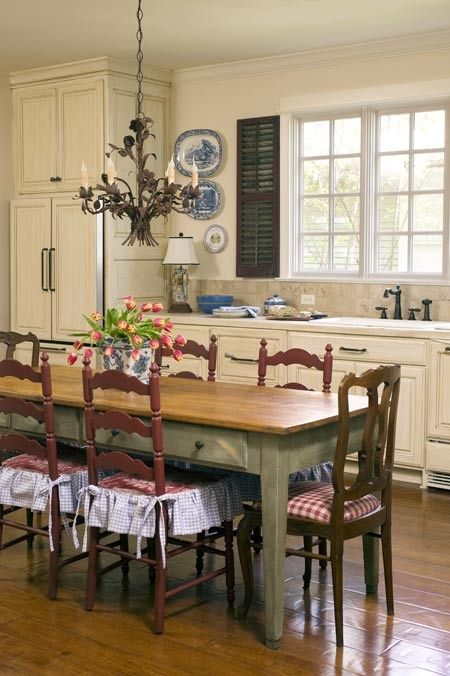 And, though you can't see them here, he also tucked two matching blue stools from the Paris Flea under the island.
And, though you can't see them here, he also tucked two matching blue stools from the Paris Flea under the island.
PHOTO: Alexandra Ribar; DESIGN: Leanne Ford Interiors
21 of 27
Large Pendants
Here's a more modern take on the French-country kitchen look. Though it's contemporary and updated, the accents, like the gilt antique frame and simple greenery, introduce quintessential French-country character.
Paul Raeside
22 of 27
Antiques
It's all in the details. Crisp white paint pops against the exposed, aged brick wall. Even the cookware in this nook is perfectly French, as is that framed still life.
Jean Liu Design
23 of 27
Candelabra Lighting
Balance modern living with classic French country style by installing new appliances and settling on an efficient and simple layout, but then add some rustic-meets-dainty details, like an antique candelabra chandelier. This kitchen by Jean Liu is the perfect case study.
Laure Joliet
24 of 27
Exposed Beams
This kitchen by Reath Design leaves the bare bones (exposed beams, brick walls, and terracotta tiles) as-is but adds brassy accents, regal linens, and a gray marble sink with beautiful veining.
PHOTO: Tessa Neustadt; DESIGN: Leanne Ford Interiors
25 of 27
Casual Undertones
Keep things casual in your French-country-inspired kitchen. Though there's plenty of order in this space, it looks super low-maintenance and comfortable. The eclectic chairs in this eat-in kitchen introduce a touch of modern style.
PHOTO: Alexandra Ribar; DESIGN: Leanne Ford Interiors
26 of 27
Copper Pots And Pans
White painted bricks and stone tile floors are a great starting point for a French-country kitchen. Add wrought-iron hardware and hang copper pots and pans from it to finish things off.
Werner Straube
27 of 27
Labeled Jars and Crates
Labeled jars and an approachable color scheme accented by polished materials give this contemporary kitchen by Corey Damen Jenkins just a touch of French country–style pizzazz. Use vintage containers or label your own found items, like crates, for a similar look and streamlined storage.
15 Outdoor Kitchen Ideas for an Al Fresco Oasis
Hadley Mendelsohn Senior Editor Hadley Mendelsohn is House Beautiful's senior design editor and the co-host and executive producer of the podcast Dark House.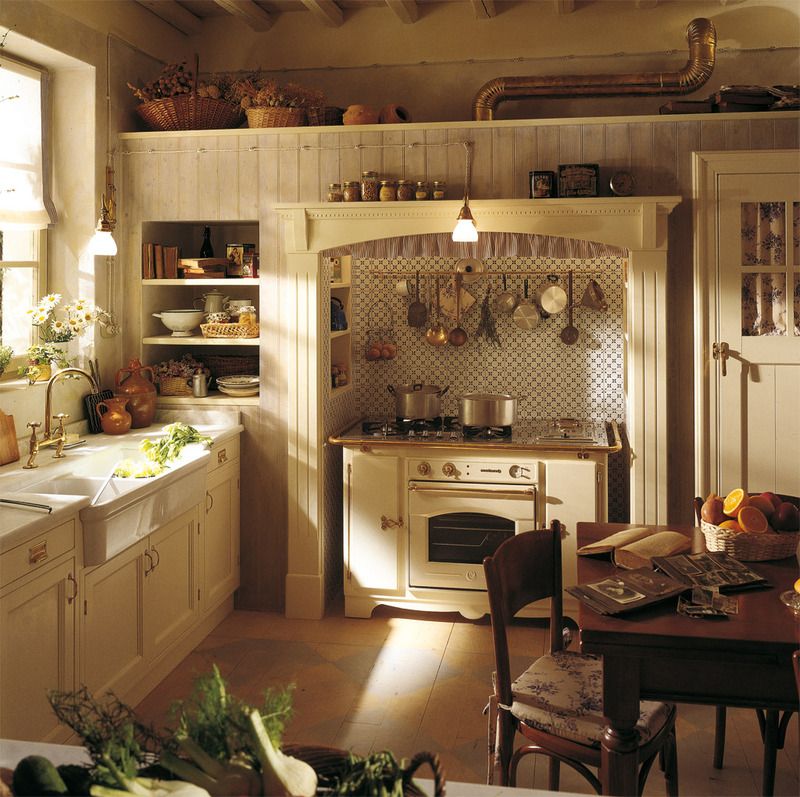
French cuisine
Home / Gastronomy
It is hard to argue with the sophistication and versatility of French cuisine. Each historical region of France has its own traditional dishes, the recipes of which have been passed down from generation to generation for centuries. Below are the most famous French cuisine that you can try in the best restaurants in Paris.
Contents:
- Soups
- Onion soup - soupe à l'oignon gratinée
When serving, the dish is often complemented with hard cheese and ruddy white bread toasts. Any French restaurant offers its visitors a fragrant onion soup, but each chef has his own secrets of preparing this simple dish.
Bouillabaisse
Another French soup with scallops, mussels and crabs is famous all over the world – bouillabaisse.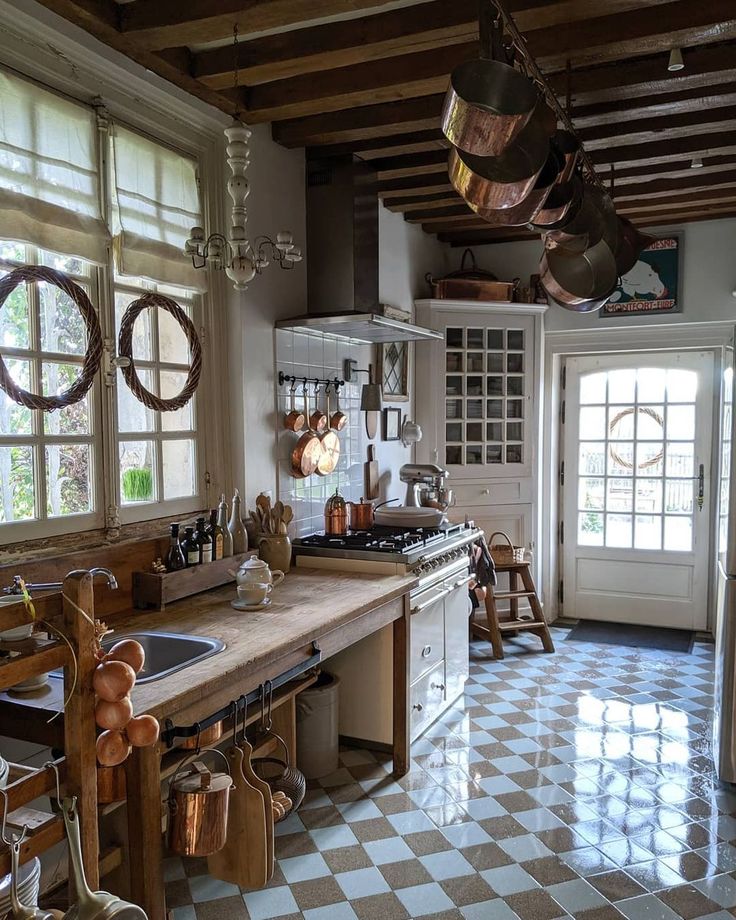 This dish, invented by Marseille fishermen, is traditionally prepared without the addition of potatoes. For the preparation of bouillabaisse, fillets of gurnard, dory, sea scorpion and other varieties of local fish are used. It is believed that the more types of fish are included in the dish, the better and richer the broth.
This dish, invented by Marseille fishermen, is traditionally prepared without the addition of potatoes. For the preparation of bouillabaisse, fillets of gurnard, dory, sea scorpion and other varieties of local fish are used. It is believed that the more types of fish are included in the dish, the better and richer the broth.
Bouillabaisse is traditionally served in tall bowls with garlic rouley sauce and fresh crispy bread or toast. White wine goes well with this fish soup.
Cassoulet - Cassoulet
Cassoulet is a thick soup cooked in a special clay pot - kassoulet. A dish of beans, meat and greens is being prepared.
The meat can be either pork or lamb, or cassoulle is made from goose or duck meat.
Consommé
In France, consommé is a clarified broth based on chicken or beef. Today, consomme is abundantly salted and served with a pie, cooked on the basis of minced meat from the declared types of meat.
You can also find consomme based on vegetable or fruit broth in some restaurants.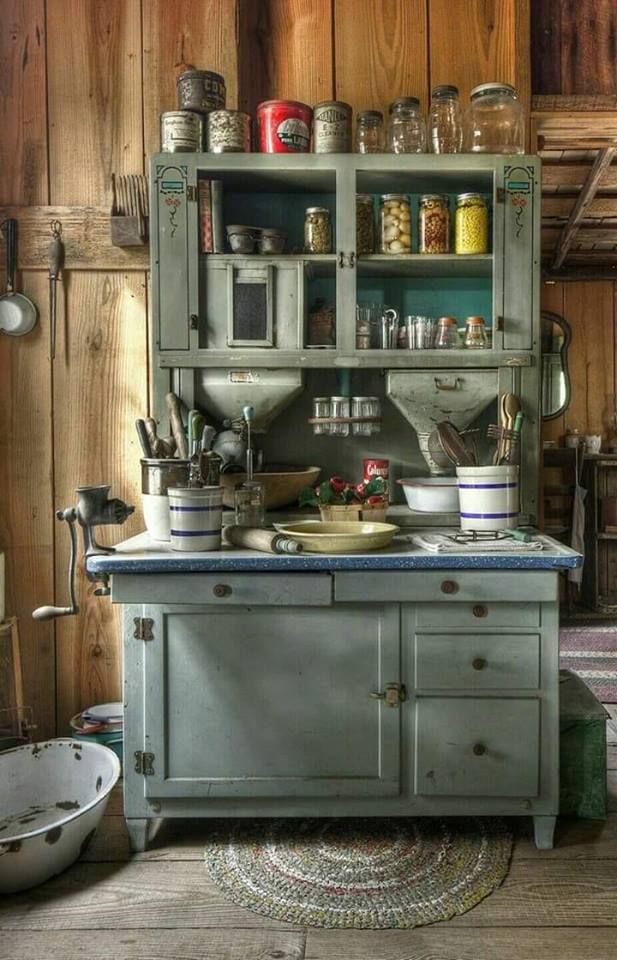
Vichyssoise - Vichyssoise
Vichyssoise - cold onion puree soup, for the preparation of which several varieties of onions are used, including leek - an indispensable ingredient in the soup. To prepare the dish, onions are fried with potatoes in butter, after which the vegetables are left to stew in chicken broth.
Before serving, whip the soup with cream until puree. The soup is served with a salad of fried shrimp with dill. You can add crackers.
A list of popular soups can be found here.
Second courses
Cock or chicken in wine — coq au vin
In French cuisine, there are many recipes from chicken meat with the addition of wine, but it is cock in wine with Burgundy wine that is considered classic. For a real dish, it is a rooster that is required, but in modern conditions they are often replaced with chickens.
A whole chicken carcass is rubbed with spices and herbs and stewed over low heat with the addition of alcohol.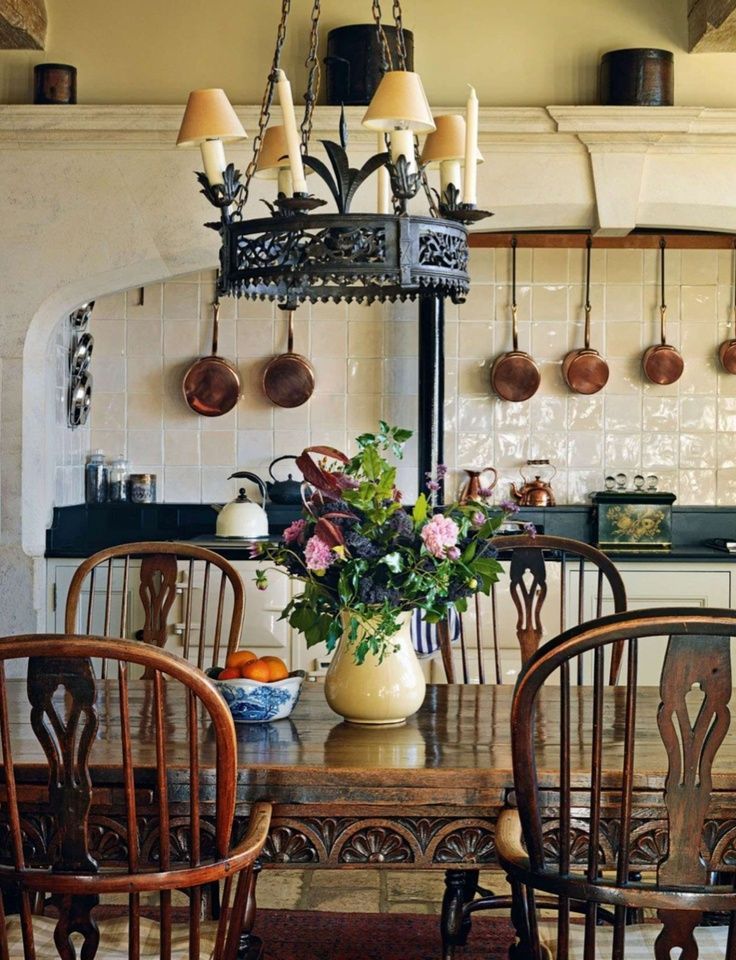 Chicken in wine can be garnished with potatoes and parsley or green vegetables. The dish pairs well with Beaujolais or Côtes du Rhone red wines.
Chicken in wine can be garnished with potatoes and parsley or green vegetables. The dish pairs well with Beaujolais or Côtes du Rhone red wines.
Ratutouille
Light vegetable dish from Nice and Provence is popular all over the world. French ratatouille is prepared on the basis of eggplant, zucchini, potatoes, peppers, onions with the addition of tomato, garlic and Provence herbs. The main secret of cooking this dish is that all the ingredients need to be fried separately and only then stewed together.
Ratatouille can be served on its own or as a side dish with main meat dishes. The dish, once invented by poor French peasants, is now in great demand in French restaurants.
Pot-au-feu
For those who love French meat dishes, we recommend trying this dish. At its core, Potofeu is a second dish with the presence of broth, which is why it is often called a “two in one” dish.
Potofeu prepared with beef, vegetables and spices. The essence of cooking is inexpensive parts of meat that do not boil soft during long-term cooking, as well as cartilaginous parts are put into the cauldron along with a variety of vegetables - carrots, onions, turnips, potatoes, celery, cabbage, mushrooms - the choice of vegetables is not regulated, seasonings are added and the cauldron is put to the fire.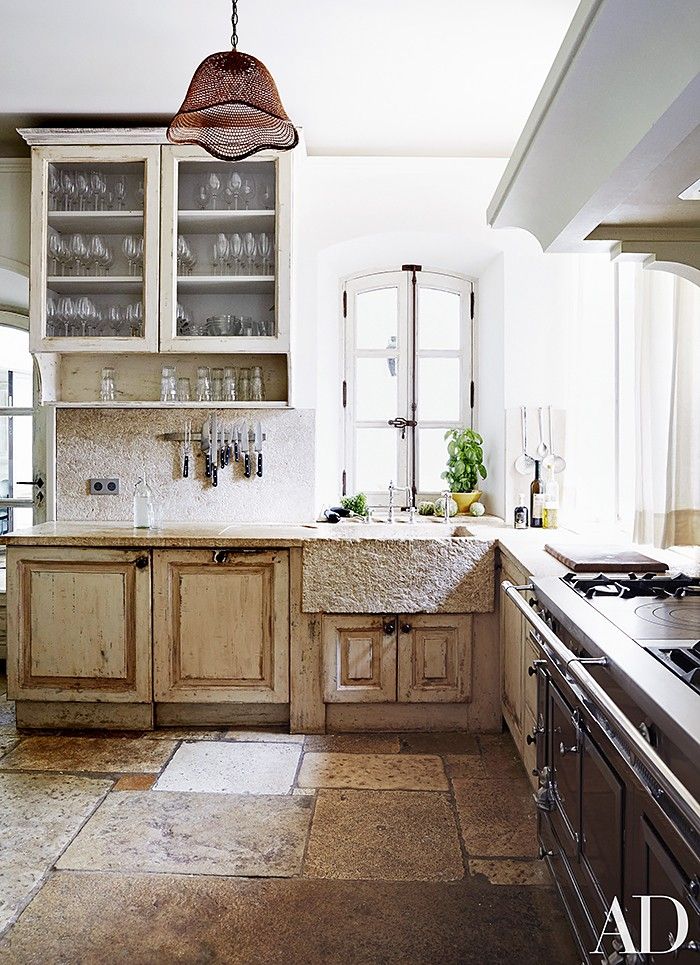 Prolonged cooking contributes to the transfer of taste qualities of products.
Prolonged cooking contributes to the transfer of taste qualities of products.
When serving, the broth is served separately - vegetables separately. Vermicelli or rice is often added to the broth, croutons, fried crackers, can be added. Sauces such as Dijon mustard, horseradish, coarse salt are served with vegetables. Sometimes you can meet when serving pickles, mayonnaise.
Potofeu in France is an inexpensive, home-cooked family dish. However, due to the long preparation time, Potofeu is preferred to eat in restaurants.
bœuf bourguignon
The second name of the dish is Burgundy beef. Prepared from lightly fried and then stewed pieces of beef in a thick sauce of beef broth and wine with the addition of garlic, onions, carrots, mushrooms.
Boeuf bourguignon served with mashed potatoes or rice.
Duck confit — Confit de canard
Duck confit is prepared from duck legs in a special way (languishing in fat), which is called confit.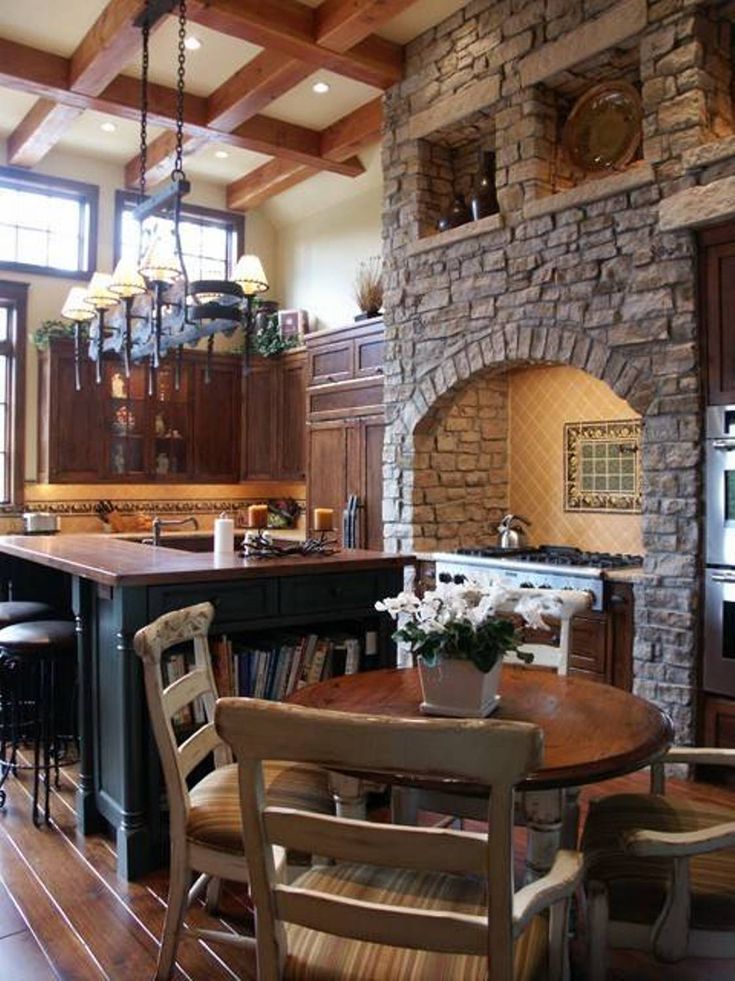
The traditional recipe uses duck fat, but if chicken legs are not cooked well, then use any other fat, such as olive oil.
Timbale
Timbale is essentially a pasta casserole with a choice of fillings - meat, mushrooms, tomatoes, etc. can be used.
Macaroni are laid out in a spiral at the bottom of the mold and around the perimeter of the whole cake.
Aligo - Aligot
Aligo is mashed potatoes with cheese, usually Savoy. Potatoes for this dish are boiled in their skins, then placed in a blender with a knife (vegetable cutter). While beating potatoes, chopped cheese is added.
After obtaining a homogeneous mass, the resulting mixture is laid out in a mold, which is greased with oil and sour cream. Everything is heated on fire, seasoned with salt and garlic at the end.
Aligo is served hot.
Cutlet de volaille - côtelette de volaille
If you've ever tried a kivsky cutlet, cutlet de volaille is its counterpart.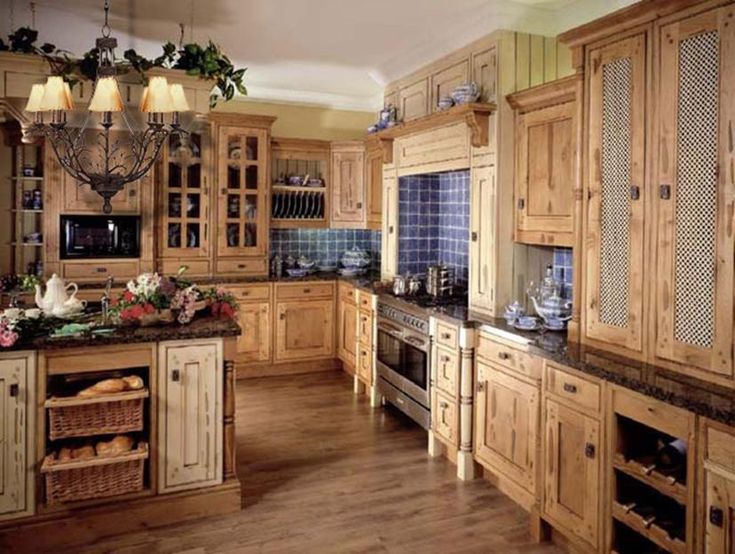
A chicken cutlet is being prepared, the filling inside the cutlet is green butter, the outside is breading, the cutlet is fried in plenty of oil.
Choucroute
Choucroute is sauerkraut with some kind of garnish: smoked meats, potatoes, meat. Traditionally, cabbage must be aged in brine, after which it can be cooked: boiled in wine or beer.
Meat products are also added here. Cabbage can be served with smoked sausages, knuckle or ham. It is also often the addition of boiled potatoes.
Gratin Dauphinois
A popular potato side dish in French cuisine. For cooking, potatoes, cheese and heavy cream are used. In order for the dish not to be too fatty, cream is mixed with milk.
Preparing the dish is simple: the potatoes are cut into thin slices, with the help of a slicer, then all the ingredients are mixed and placed in a baking dish. The dish is baked in the oven until the potatoes are cooked and golden brown.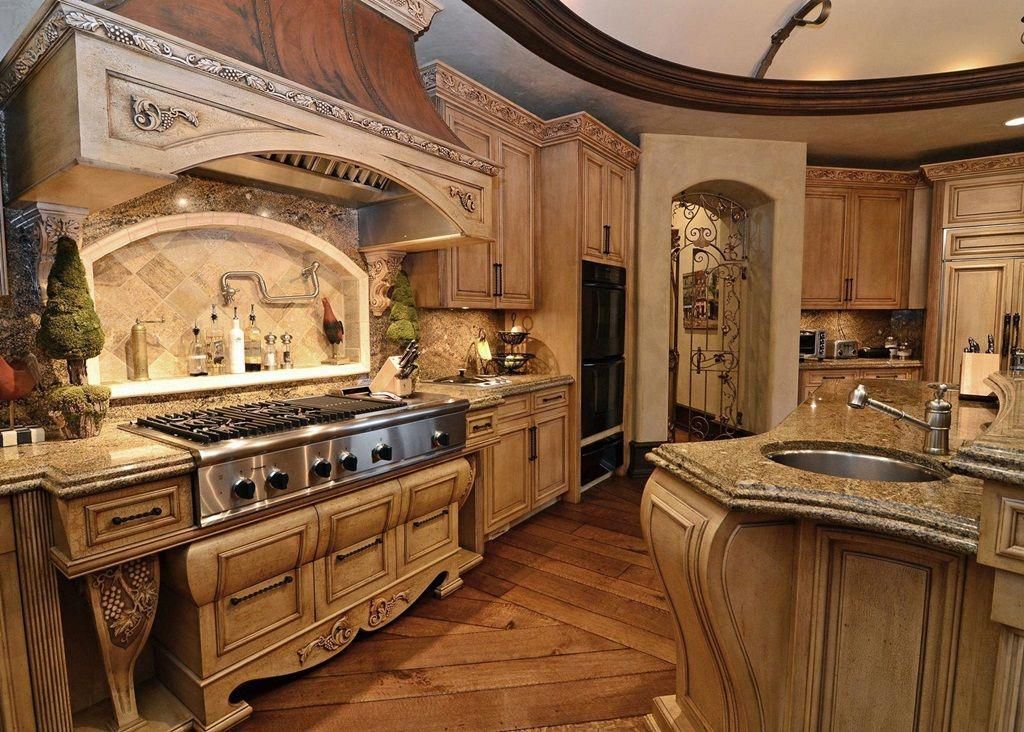 Cool slightly before serving to thicken the cream cheese sauce.
Cool slightly before serving to thicken the cream cheese sauce.
Snacks
Nicoise Salad — salade niçoise
A visiting card of the city of Nice – Nicoise salad with anchovies. Prepared from fresh vegetables, boiled eggs with anchovies and olive oil.
Lemon juice or wine sauce dressing is acceptable.
Galantine - galantine
Meet - aspic in French - galantine. It is usually prepared from lean meat. The peculiarity of the preparation of the dish is as follows: the meat is ground in a meat grinder, mixed with eggs and spices and then laid out in a symmetrical shape.
It is also possible to cool cylindrical dishes. Fish aspic is cooled under load.
Terrine - Terrine
This is a kind of roll of vegetables, minced meat or fish, which, after baking, is usually covered with jelly to prevent the edges of the dish from chapping. Served chilled.
Vegetable or fish terrines can be prepared without baking - poured with gelatin and cooled in the refrigerator. The output is - jellied.
The output is - jellied.
Andouillette
French spicy sausage, which is made from pork (cow or veal) stomach and intestines, previously soaked in wine, with the addition of hot pepper and salt. The filling is placed in the pork intestine, after which it is ready for cooking.
Serve hot or cold with or without garnish. Also, this sausage can be cooked on the grill.
Delicacies
Truffles — les truffes
The exquisite taste of truffles perfectly complements almost all French cuisine. Experienced chefs advise combining this delicacy with products that do not have their own pronounced taste.
The French boil and steam Périgord black truffles, preferring to pair them with eggs, potatoes, meat dishes, pâtés and salads. Many dishes are only “flavored” with truffles: the ingredients are placed directly next to the delicacy mushrooms before cooking.
When choosing wine for truffle dishes, you should pay attention to white wines Burgundy Grand Cru or Meursault, red wines to classic Bordeaux.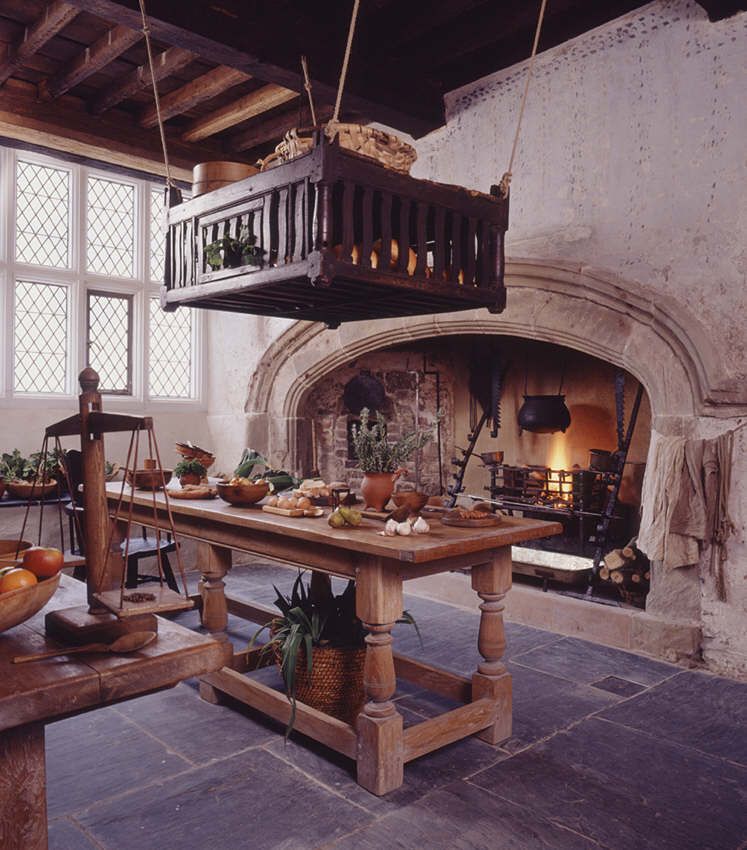
Foie gras
Delicate foie gras is the pride of French cuisine. This dish is prepared from the fatty liver of a specially fattened goose or duck. For foie gras, only the freshest liver is used. It is most often prepared by cutting into slices and frying until crispy in olive oil.
Another common way to prepare foie gras: goose liver marinated with spices, pepper and salt, very often truffles and Madeira are added to it. All this languishes for about an hour in the oven or stew in a pan with a thick bottom.
Foie gras is traditionally served with mushrooms, lettuce, baked apples, sweet and sour berries. Such an exquisite dish goes well with dry white wine, champagne and Calvados.
Oysters - les Huître
The French love fresh seafood and their national cuisine is full of dishes with different variations of these seafood preparations. Oysters are one of the most famous French delicacies and can be used in both hot and cold dishes, boiled, fried and even made into soups.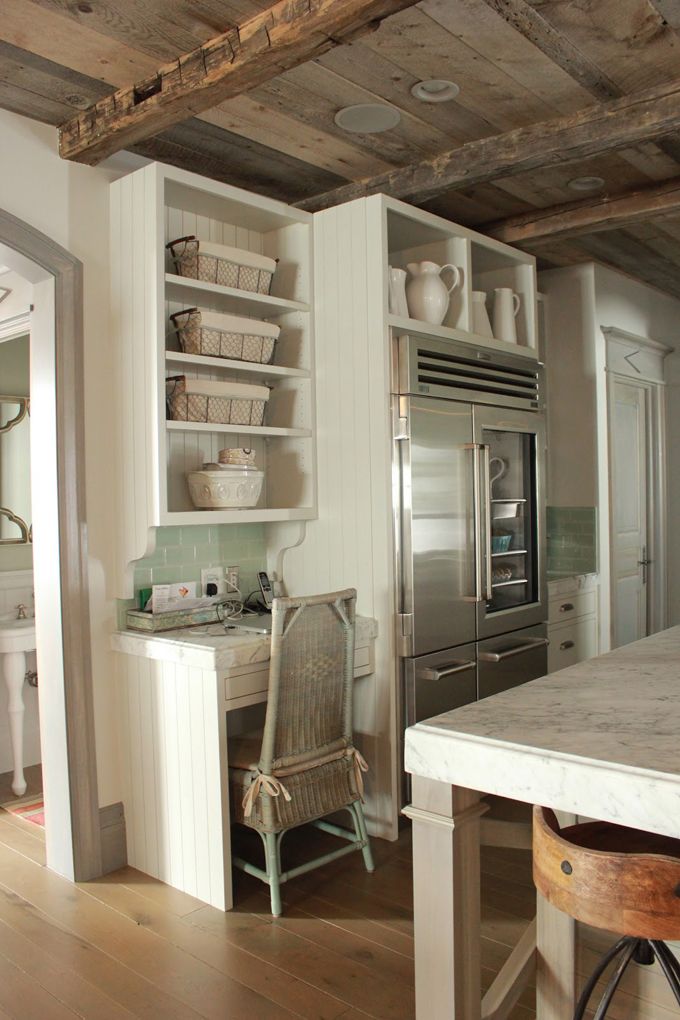
Most often, this delicacy is served raw, and the oysters must be alive. The classic serving of raw oysters is as follows: a multiple of six of the number of open shells is beautifully laid out on a tray of crushed ice and sprinkled liberally with lemon juice. In addition to them, rye bread with butter, sour or spicy sauces (for example, from wine vinegar) and shallots are usually served. From alcoholic drinks, oysters go well with dry white wine and brut champagne.
Snails — les escargots
Another favorite delicacy of the French are snails. There are a great many options for their preparation, the most common are boiled or baked on coals. As a rule, before cooking for 1-2 weeks, the snails are periodically washed from mucus and kept on a starvation diet. For cooking, they are thrown into boiling water for literally a few minutes and thrown into a colander, rinsing with cold water. When baking the snail, it is enough to hold it over the heat for 10-15 minutes, then the slightly cooled shells are carefully separated from the tender meat.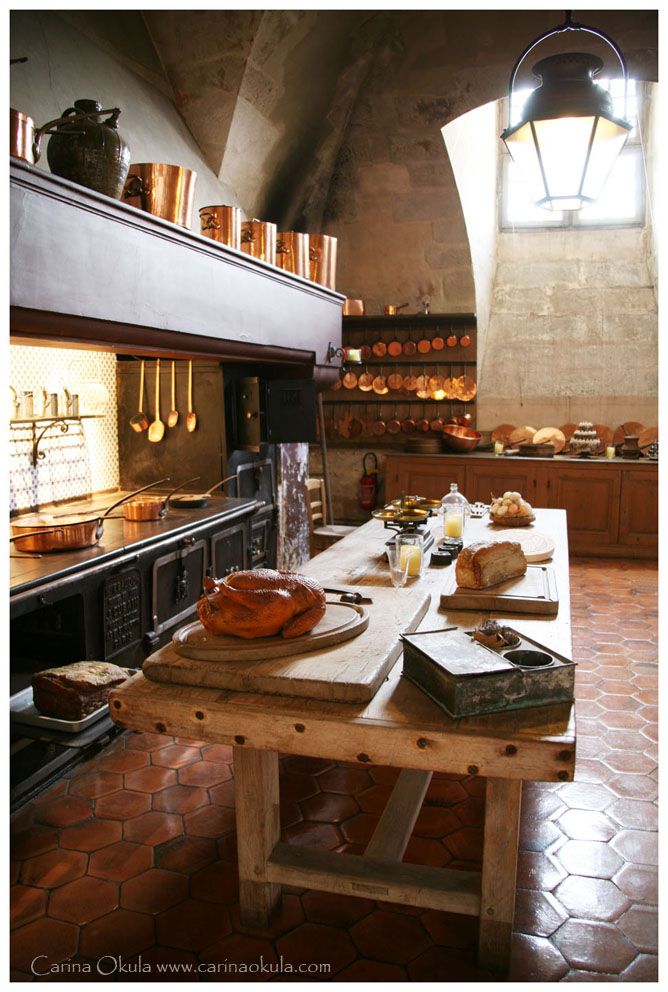
The most common way to serve snails, or as they are also called “escargots”, is with spicy garlic sauce. The sauce is prepared on the basis of butter, garlic, parsley, hard cheese and seasonings. The dish brought to readiness is served on a large plate with a gravy boat or in a special escargot. The taste of snails is perfectly complemented by dry wines: white, red or rosé.
Frog legs — des cuisses de grenouille
Although frog legs have long been firmly established in the taste preferences of French gourmets, not every restaurant can offer this delicacy. Only the hind fleshy parts of the legs without bones are consumed for food. Pre-paws are thoroughly washed with cold water and marinated in spices. Then they are stewed with various seasonings or fried in batter.
In France, frog legs are usually served separately from the sauce with a side dish of vegetables. The taste of tender frog meat is reminiscent of chicken and goes well with white wine.
Chestnuts - les châtaignes
Chestnuts are the pride of the national French cuisine. They are used to prepare hot dishes, soups, salads and delicious desserts, but roasted chestnuts have won the greatest popularity among the French.
Roasted chestnuts can be cooked at home in the oven. In order for the fruits not to burst, you must first make a small cross-shaped incision on them. Before preparing other dishes from chestnuts, they must be peeled, cut and boiled for 2-3 minutes in boiling water.
For a beautiful presentation, a large flat plate is usually used, and on the French streets, a fragrant treat is simply wrapped in a paper bag.
French pastries
Quiche - quiche
Quiche is an open pie with egg-cream-cheese filling.
The filling of the pie can be different: smoked brisket, vegetables, fish, meat and combinations thereof.
Tartiflette
Tartiflette is a potato casserole made with bacon, onions, dry white wine and cheese.
All ingredients are laid out in layers, the dish is baked in the oven.
Pissaladière
Pissaladière is an onion pie with its origins in the Provence region.
Filling of two varieties of onion (onion and leek) is laid out on the yeast cake. Thinly sliced lightly dried fish pulp, romidors, pitted black olives and black olives are used as decoration. Visually resembles pizza.
Desserts
Clafoutis
Clafoutis is an open fruit pie based on egg batter. Fruits are first laid out in a casserole dish, and then batter.
Classic clafoutis - cherry, canned cherries can be used. Also, clafoutis can be peach, apple, pear.
Profiteroles - les profiterole
Appetizing profiteroles - one of the most popular French desserts made from choux pastry. This delicacy is a small cake with various fillings. If profiteroles are stuffed with meat, cheese or mushroom stuffing, they can be served with broth.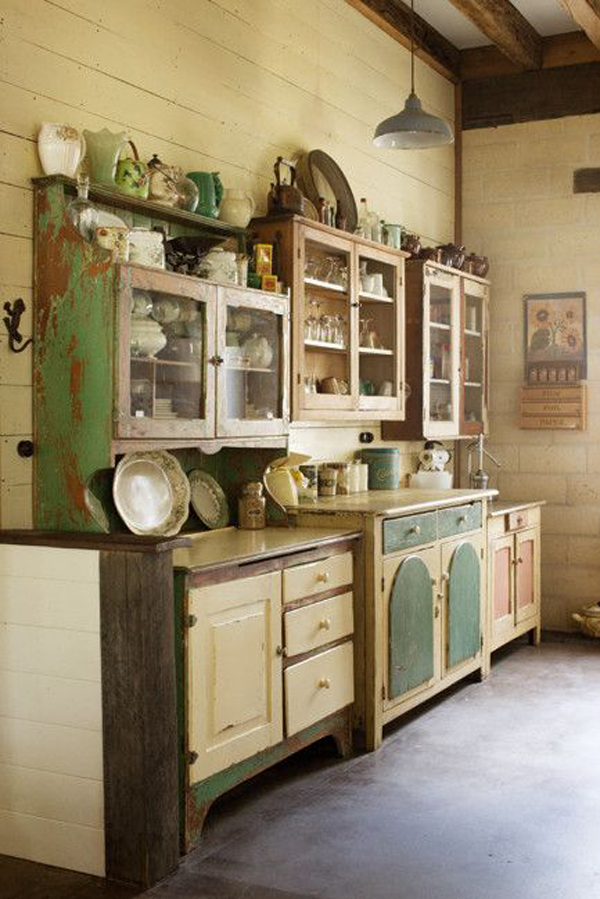
Unfilled profiteroles are also great with first courses, and sweet cream, cream or ice cream turn them into a delicious dessert. Sweet profiteroles, fastened with caramel and laid out in a cone, are called croquembush, it is very often prepared for wedding events.
La crème brûlée
An airy French custard dessert with an appetizing crust is called creme brulee. For its preparation, egg yolk, sugar, cream, milk and flavors are used. All ingredients are mixed and heated, then baked in ceramic molds until the cream hardens.
At the end, the creme brulee crust must be carmelized under the grill or using a special burner. This dessert is usually served cold, pre-watered with caramel sauce.
Crepes - les crêpes
French thin pancakes made from yeast-free dough, called "crepes", will please any sweet tooth. Variations on the theme of crepes are endless, they are prepared with various fillings and baked in the oven. Most often, buckwheat flour is used for dough, which gives a dark color to ready-made pancakes.
The basic recipe for crepes includes the same ingredients as Russian pancakes, but more eggs are added to the batter. Such pancakes are baked in a krenitsa - a special frying pan without handles. In France, butter, nut paste, jam, fresh berries and honey are traditionally used as fillings. Snack crepes are wrapped in bacon, cheese, ham and fried eggs.
Serving crepes is a reflection of the chef's imagination: garnish with berries, drizzle with sauce or add ice cream. I recommend you try Crêpe Suzette, a famous French dessert.
There are a lot of French desserts, so we devoted a whole article to them. If you are interested, then be sure to read about desserts!
Traditional French cuisine, description, photo
One of the signs of a mature culture is the high professionalism of artisans. When they have the opportunity to develop their art not only for the sake of earning and subsistence, there is a chance to create masterpieces that will remain in history for all time. It is now not only about artists, sculptors or architects. The art of cooking is no less aesthetic and beautiful. And France is one of the clearest examples of how gastronomy has developed.
It is now not only about artists, sculptors or architects. The art of cooking is no less aesthetic and beautiful. And France is one of the clearest examples of how gastronomy has developed.
French cuisine is conditionally divided into three parts: regional peasant, common national and highly refined, the basis for which was the royal court cuisine.
The regional cuisine of the southern provinces is sharply distinguished by its spicy food, the wide use of wines and spices, especially garlic and onions, in its preparation. Alsatian cuisine also has its own characteristics, characterized by a significant consumption of cabbage and fatty pork, although residents of all other regions of France prefer lean meats (lamb, veal, chicken, various game). Burgundy is famous for sea and meat dishes with the addition of wine. Of course, the population of the coastal provinces consumes a large amount of seafood.
French cuisine practically does not use dairy products, with the exception of cheeses, of which there are several dozen varieties.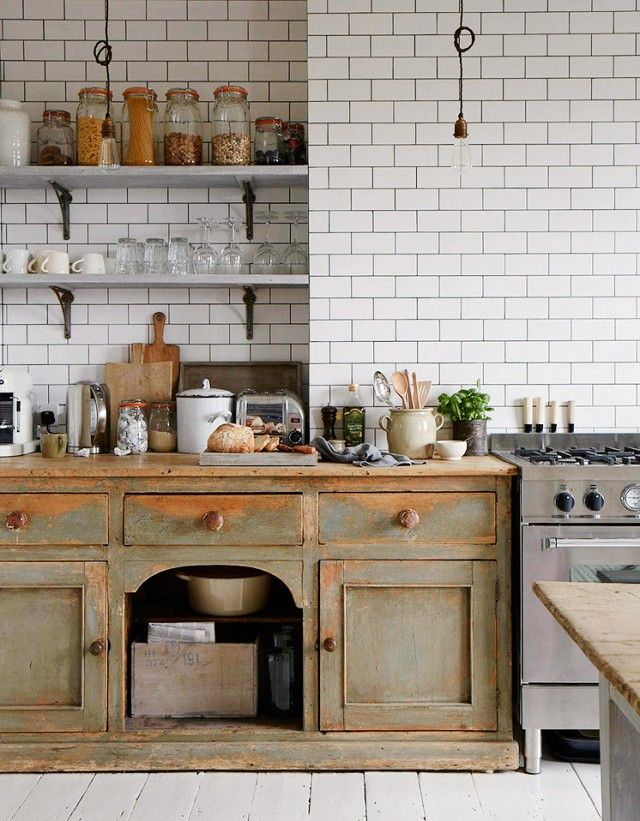 Also, the French almost do not eat cereals - they love fresh vegetables. The main feature that distinguishes French cuisine is the presence of several hundred different sauces. The use of sauces helps to enhance the taste of even the most ordinary dishes.
Also, the French almost do not eat cereals - they love fresh vegetables. The main feature that distinguishes French cuisine is the presence of several hundred different sauces. The use of sauces helps to enhance the taste of even the most ordinary dishes.
The French regard cooking as an art, and dozens of borrowed words (restaurant, side dish, scrambled eggs, sauce, entrecote, mayonnaise, soufflé and many others) emphasize the universal respect for their cuisine. It is curious that in France the word "gourmet" means, first of all, a lover of plentiful and tasty food, while a connoisseur who understands the intricacies of gourmet dishes is called a gourmet (French gourmet).
| for breakfast: amlet poached egg croussant first courses: potofeu rooster in wine cassoullet bouf bourguignon bouillabaisse vichysoise consommé soup consommé | second courses: duck confit foie gras timbale frog legs escargot galantine aligo cutlet de volley Choucroute Gratin Dauphinois Desserts: Crème Frés Creme Brulee Eclair | pies: pissaladière quiche lauren tart tatin pastries: canele gougères vol-au-vent baguette other dishes: andouillet biscuits |
In French cuisine, regular references to a dish called "omelet" occur in the 16th century (although there are earlier, but rare cases), but the omelette in its modern form did not appear until the 18th century.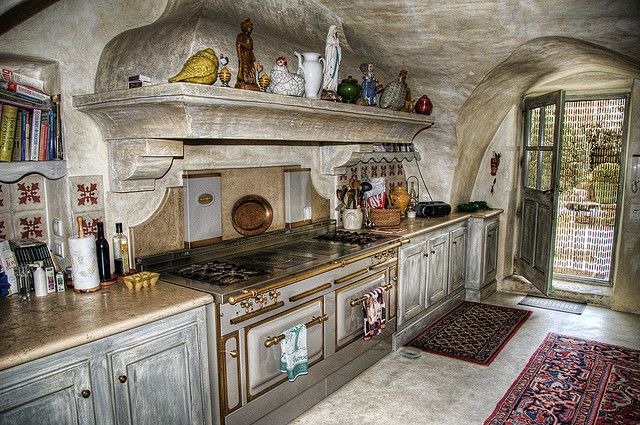
Croissant (croissant) — puff pastry bagel with filling, the most famous French pastry. Traditionally served with breakfast. Butter puff yeast dough gives the pastries a delicate airy structure. The modern croissant is one of the staples of French and Austrian bakeries and pastry shops. Thanks to the introduction of factory-made frozen puff pastry in the 70s, they have become a widely popular fast food and now everyone can bake croissants, not just experienced chefs. The croissant is the most common continental breakfast pastry.
These buns have been known in Austria since the 13th century, but became popular when they were baked in Paris. However, the Viennese and French croissants are different: the French borrowed only the shape from the Austrian confectioners, and they came up with the type of dough themselves. Around the bun there are various culinary legends that have no confirmation. For example, as if their shape is a reference to the Ottoman crescent.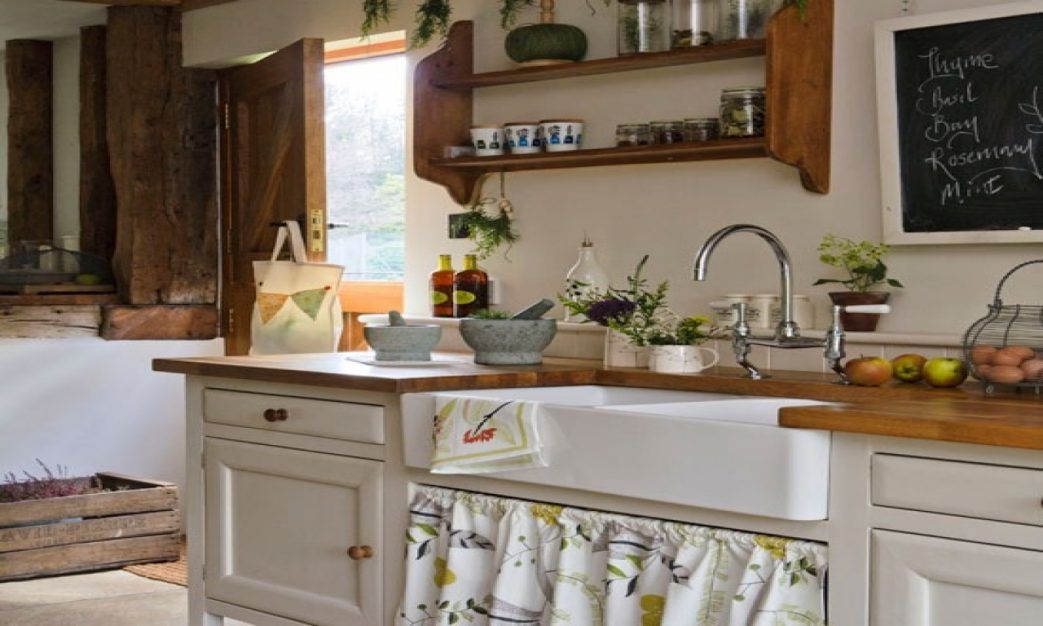
Croissants can be filled with anything – praline, almond paste, chocolate, dried fruit, fresh fruit. By the way, it is in France that croissants without filling are most often sold.
There are various recipes based on poached eggs: they are sprinkled with herbs, salt, added to soups, put on sandwiches. One of the popular breakfast options is egg Benedict (poached egg bun with bacon and sauce). The main thing is to use very fresh eggs. Also, cooks recommend choosing the highest category of eggs (they have a bright and large yolk). Then the cooked egg will consist of a tender soft yolk in a thin, light, almost imperceptible layer of protein.
Traditional French cuisine for starters (soups)
Potofeu (pot-au-feu) or pot-au-feu is a traditional “homemade” soup with beef and vegetables. In translation, its name - "pot on fire" - literally reflects the method of cooking: in winter, a pot of water was hung over the fire, where vegetables, meat and roots were placed.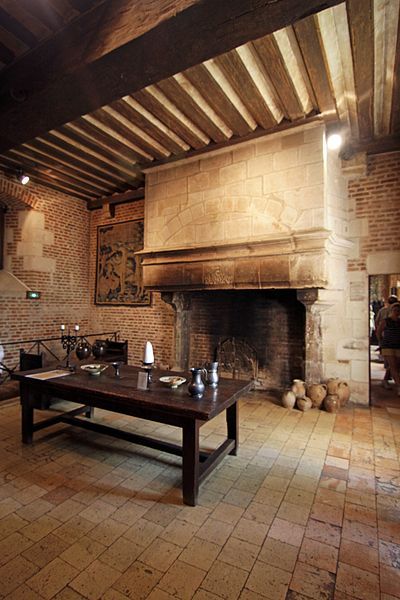 As they were cooked, they were selected and eaten, and a new batch of ingredients was added to the pot.
As they were cooked, they were selected and eaten, and a new batch of ingredients was added to the pot.
Potofeo takes a very long time to prepare, so the dish has practically disappeared from household use. Traditionally, several pieces of inexpensive beef with a bone, carrots, potatoes, onions, cabbage and turnips are placed in the soup. Sometimes mushrooms are added. For the "smoke" flavor, onions are often heavily fried. The serving of the dish distinguishes it from other soups - vegetables and meat are served separately from the broth. They can be additionally seasoned with a side dish. Seasonings such as mustard, horseradish and mayonnaise are combined with potofyo.
Over time, the term "potofyo" has become a household word. In Russia, it was used as a synonym for the word "philistine", since the soup is the simplest, "philistine".
The dish is prepared from whole poultry, unlike, for example, duck confit, where only legs are used. The sauce must be accompanied by premium wine, which is also served with the dish at the table.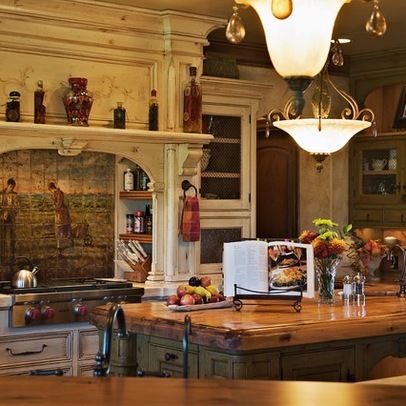 Traditionally, a baguette is served as a side dish for rooster in wine.
Traditionally, a baguette is served as a side dish for rooster in wine.
But why the rooster? There is a legend about the origin of the dish since the time of Caesar: when the Romans conquered the Gauls (gallus - rooster), one of the leaders of the Gauls presented the future emperor with a live rooster, wanting to emphasize the valor of Rome in this way. Caesar "returned" the gift by boiling the rooster in wine. Since the dish is national and actually folk, researchers still assume, since the dish is national and actually folk, that the rooster was boiled in wine to make its rather tough meat softer.
Cassoullet originated as a folk dish in the southern regions of France and is still very popular in the Languedoc and Occitania. This is, in fact, the birthplace of all kinds of cold cuts. Cassoulé traditionally includes white beans, sausages, pork, goose or duck confit, sometimes lamb is included in the recipe.
Cooked over low heat in a covered container - this is done in order to reduce the characteristic of the beans to cause gas accumulation.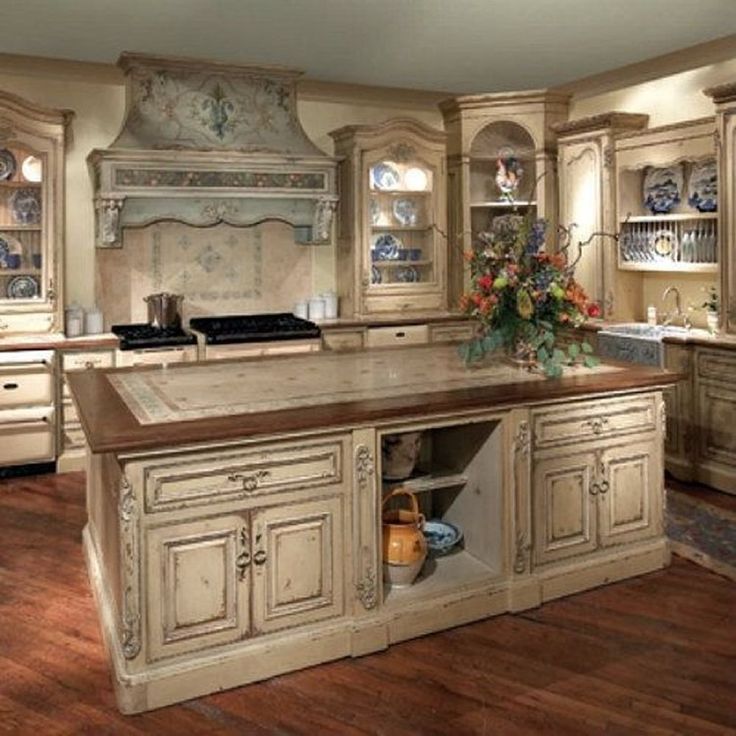 Traditionally, French peasants cooked all the ingredients together in a pot, but nowadays it is customary to cook cassoullet from beans pre-boiled with vegetables and fried meat.
Traditionally, French peasants cooked all the ingredients together in a pot, but nowadays it is customary to cook cassoullet from beans pre-boiled with vegetables and fried meat.
The classic recipe for boeuf bourguignon is fried beef stewed in wine sauce with mushrooms, onions, carrots and garlic. However, these are very conditional ingredients, since there is no single generally accepted cooking option. Some cooks add tomato sauce, parsley and tomatoes to the dish.
Auguste Escoffier (1848-1935) introduced Burgundy-style beef into the menu of “high cuisine” of France, and according to critics, this is one of the most delicious beef dishes, although the origin of the dish is folk. Previously, beef was stewed for a long time (more than three hours) in wine sauce in order to remove the stiffness of the meat. Today, cooks use tender “marble” meat, veal, and therefore there is no need for long-term cooking, as French peasants did.
Previously, bouillabaisse was served as follows: broth and slices of bread separately, and fish and vegetables separately.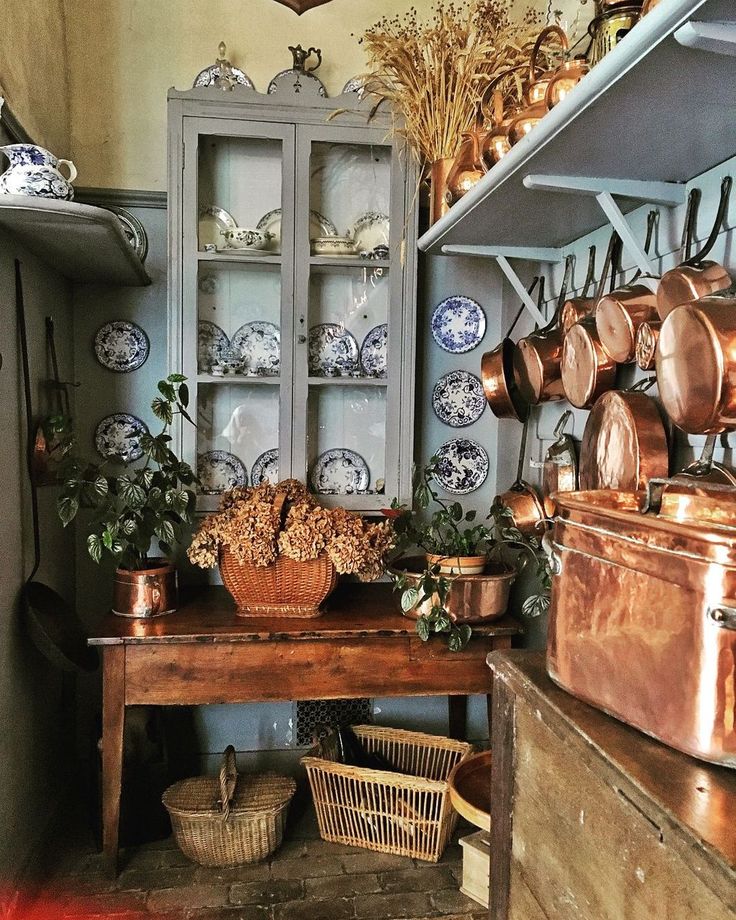 The wide popularity of the dish and the influx of tourists on the southern coast of France have created new bouillabaisse recipes - with expensive ingredients and exquisite seafood delicacies. Such dish options can cost 150-200 euros per serving. In some areas, walnuts, calvados, vinegar are added to the soup, and a bouquet of garni is used instead of Provence herbs.
The wide popularity of the dish and the influx of tourists on the southern coast of France have created new bouillabaisse recipes - with expensive ingredients and exquisite seafood delicacies. Such dish options can cost 150-200 euros per serving. In some areas, walnuts, calvados, vinegar are added to the soup, and a bouquet of garni is used instead of Provence herbs.
Vichyssoise is traditionally served cold, sometimes with breadcrumbs. The soup is also served with shrimp salad with garlic and fennel.
Beaten egg whites are used to remove sediment and fat from the broth. The broth is also cooked with the addition of carrots, celery, leeks, which are taken out before serving the dish. The classic taste of consomme is achieved by cooking at high temperature and frequent stirring: this is how the broth is cooked until a dense protein film appears on its surface. Then it is simmered over low heat for about an hour until an amber translucent color and rich aroma are obtained.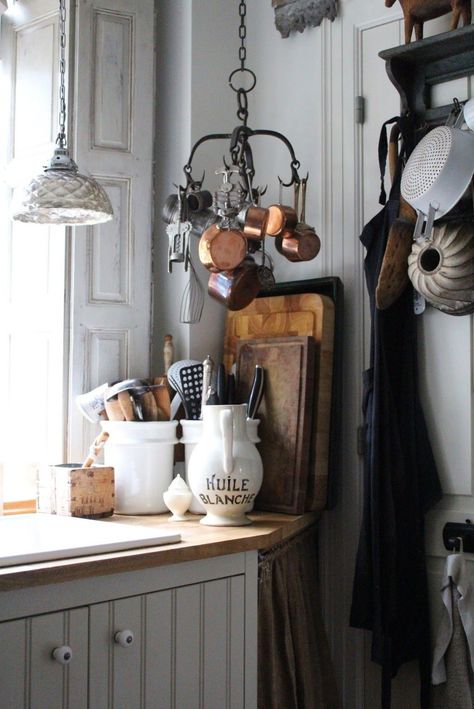
Consommé is usually served hot as it sets to a jelly. Garnish for it can be very different, but it is certainly served separately. Consommé is considered one of the most exquisite dishes, since its preparation requires a large amount of meat (about 500 grams of minced meat per serving of broth) and the poor could not afford such a wasteful dish. It is also common to serve gelled broth - chilled consommé.
Thanks to the use of browned onions, the soup acquires a wonderful aroma and golden color. Chefs caramelize onions for at least half an hour. For original notes, sherry or dry white wine can be added to the soup before serving the dish.
Traditional French cuisine for the second course
Duck confit (сonfit de canard) — stewed duck legs; a dish originally from the Gascony region (southern France). Confit arose as a way to preserve meat in the absence of the possibility of its long-term storage. Usually the legs were salted and stewed for a long time in their own fat. Then they were placed in a ceramic pot and filled with the same fat. In this form, in a cold cellar, a cooked dish could be stored for months.
Then they were placed in a ceramic pot and filled with the same fat. In this form, in a cold cellar, a cooked dish could be stored for months.
Today the recipe has changed somewhat: the duck is still rubbed with salt, herbs, garlic, but then kept in the refrigerator for more than a day. It is prepared in its own fat, or in olive oil, for several hours (from 4 to 10). Properly cooked duck confit in an airtight package can be stored in the refrigerator for up to six months. In a modern classic recipe, duck confit is served with fried potatoes.
Today, mainly ducks and mulards (a cross of duck and goose) are fattened to obtain liver. According to connoisseurs, the taste is almost indistinguishable. As a rule, foie gras is served before a hot dish, accompanied by dessert white wine. But there are also original options - fried escalope foie gras.
Today, timbale is understood as large, long pasta, which is used to fill a baking dish (bottom and sides).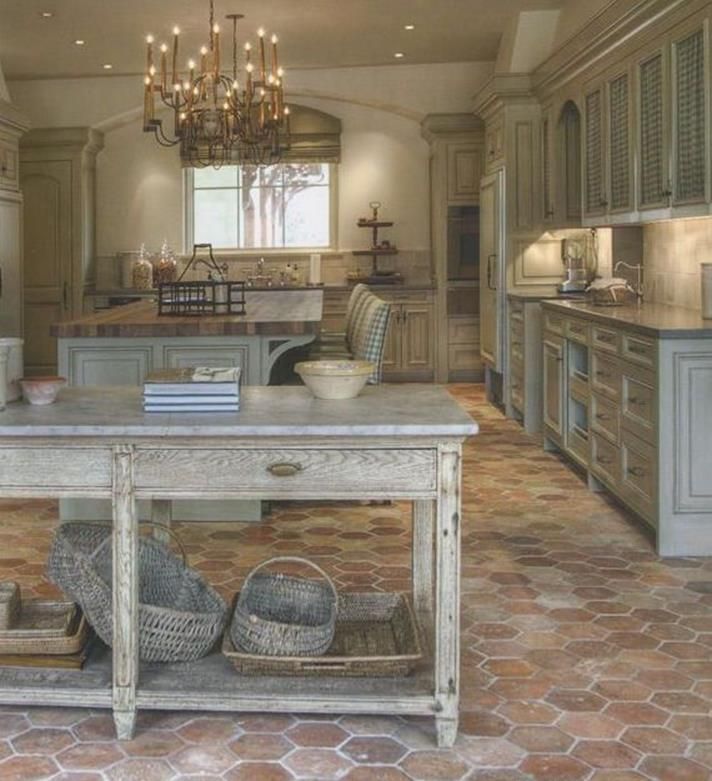 The filling can be very different - vegetables, mushrooms, cheese, meat. The top layer of timbale is again pasta.
The filling can be very different - vegetables, mushrooms, cheese, meat. The top layer of timbale is again pasta.
Escargot is an exquisite delicacy served in expensive restaurants. Of course, in the markets and shops in France you can buy live snails or semi-finished products. In the first case, you will have to prepare them yourself (an extremely troublesome task) - soak them in flour and herbs for several days, pour over with boiling water, and remove the meat. Snail shells can be used to serve a dish more than once.
An obligatory component of the escargot recipe is green oil (garlic and parsley are beaten with salted butter). This mixture is placed on the bottom of the shell, then stuffed with snail meat, and again smeared with green oil on top. Snails are baked in the oven until golden brown, and eaten with a fork and special tongs. Escargot is served with white wine.
Aligo is made from mashed potatoes, to which cream, butter, garlic and shredded cheese are added (half a kilo of cheese per kilogram of potatoes).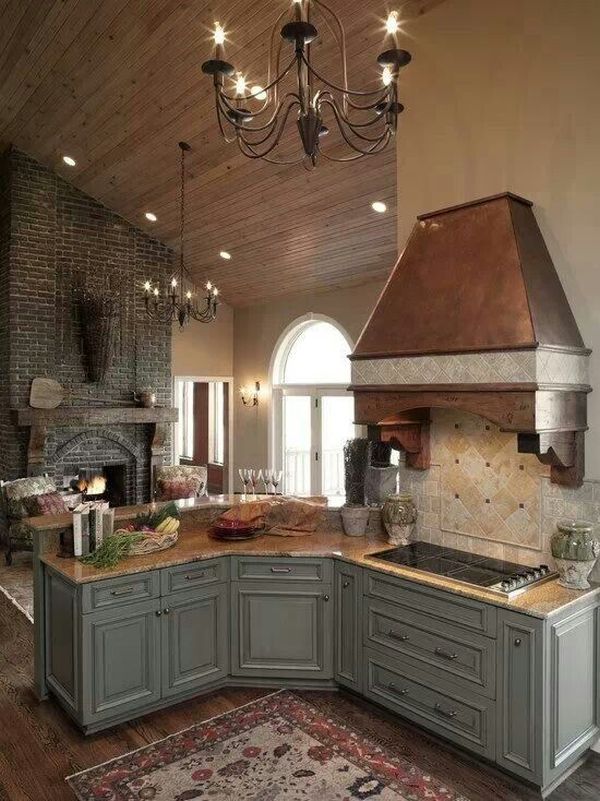 As for the variety of cheese, Auvergne cheeses Tom and Cantal were traditionally used. Historically, this dish was prepared for pilgrims who, on their way to Santiago de Compostela, asked to eat at least “something”, which in Latin sounds like “aliquid”, in the abbey on the Aubrac plateau. Nowadays, red wine is recommended for the dish.
As for the variety of cheese, Auvergne cheeses Tom and Cantal were traditionally used. Historically, this dish was prepared for pilgrims who, on their way to Santiago de Compostela, asked to eat at least “something”, which in Latin sounds like “aliquid”, in the abbey on the Aubrac plateau. Nowadays, red wine is recommended for the dish.
In 1918, cutlets de volley were served for the first time at one of the official receptions in Kyiv. Everyone liked the new dish and quickly entered the restaurant menu, having received the name “Kiev cutlet”. Later, during in-line production, her recipe was simplified - instead of sauce, they began to use cold butter.
Sausages, knuckle, salted meat, and potatoes are traditionally added to shukrut. This is one of the popular Alsatian dishes. In 2012, shukrut was patented as a protected geographical name. Now manufacturers can produce products with this name only if the preparation technology meets the established standards. For example, heads of cabbage should weigh from 3 kg, enzymes should not be added during fermentation and the temperature should not be changed, and if the clover is sold boiled, then only Alsatian alcohol is used for it.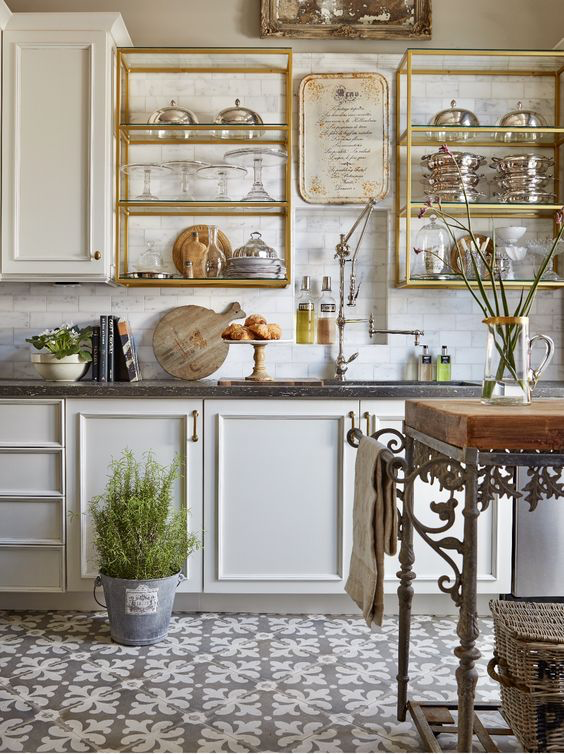 This guarantees the high quality standards that have been developed over the years.
This guarantees the high quality standards that have been developed over the years.
French desserts
Creme brulee is a custard base of cream with egg and sugar, topped with a layer of hardened caramel crust. Dessert should be at room temperature. The custard base is usually flavored with vanilla, in some cases with other additives. Another version of the recipe is Catalan cream, which contains lemon or orange zest and cinnamon. Its base is prepared with milk, unlike the traditional creme brulee. Another original version of the recipe is creme brulee flambe - custard is sprinkled with sugar and caramelized with a burner right before serving.
It's funny that in Germany these cakes were called "love bone" and "hare's foot". The characteristic oblong shape, icing and the most delicate filling are the hallmarks of all eclairs. Choux pastry tubes are filled with cream with vanilla, coffee or chocolate flavor, whipped cream, cream with rum or fruit fillings, and even chestnut puree.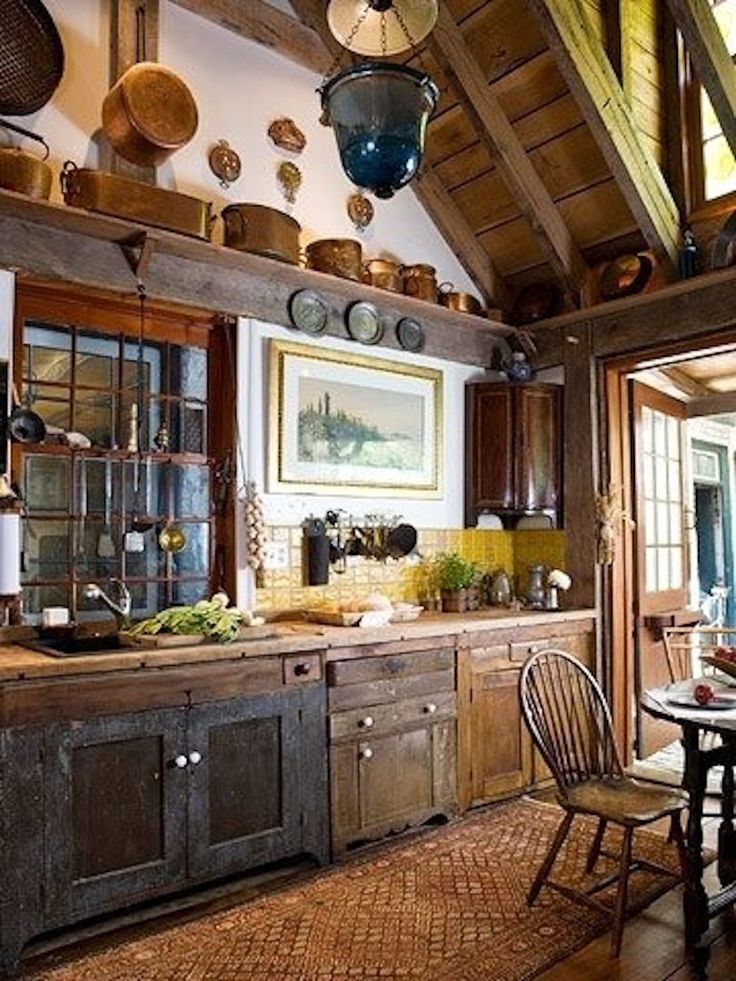 Fudge, caramel, chocolate can act as a glaze.
Fudge, caramel, chocolate can act as a glaze.
French pies
Originally quiche lauren - a pie with Lorraine custard, as the egg and cream filling was called - appeared on the table at the beginning of the 17th century. Then it was sprinkled with cheese, but over time, the cheese was replaced with bacon. Other varieties of the pie also appeared - with fried onions or with fish and an egg, or without filling at all.
Today, quiche lauren has become so popular that now this name means all salty pies with filling and filling. There are a lot of quiche recipes in our time - vegetable, meat, fish, but quiche loren with brisket is still considered classic (sometimes supplemented with cheese, Gruyère cheese is used in the original).
Tarte tatin is unusual in that it is baked upside down. So the apple upside-down pie became the signature dish of the Tatin sisters. At least according to the legend. The owner of the famous Parisian restaurant "Maxim", having tasted this new dessert, was amazed and included it in his menu.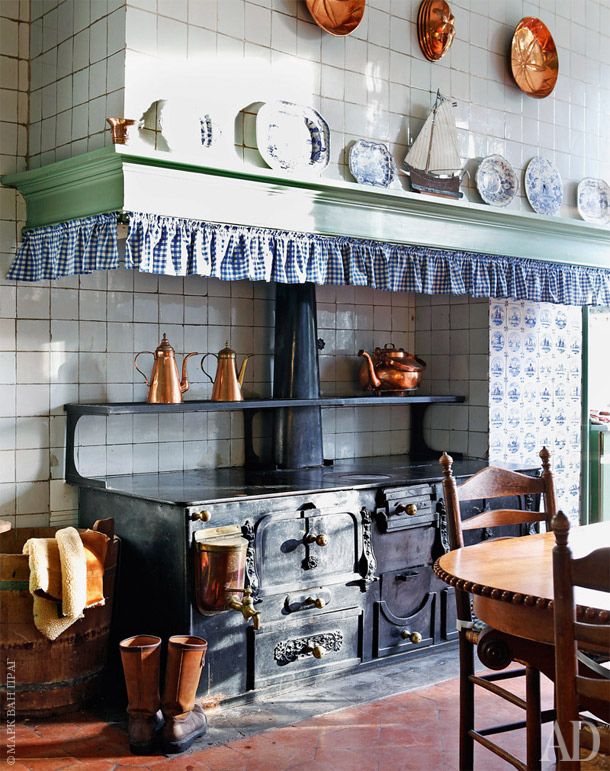 For tarte tatin, not only apples are used, but also pears, peaches and even tomatoes and onions. The dough can be sand or puff.
For tarte tatin, not only apples are used, but also pears, peaches and even tomatoes and onions. The dough can be sand or puff.
French pastries
Canelé (canelé) is a signature French dessert originally from Aquitaine. This is a small cake that is distinguished by a hard, crispy crust on the outside and a tender dough on the inside. The term originated from the architectural "flute" - a column with grooves. Dessert is the same.
CaneleThere is a story that canele appeared in the 18th century, perhaps thanks to the nuns who invented the dessert - small oblong fried pieces of dough. Another legend is associated with winemaking in the Bordeaux region - in this area, the wine goes through the clarification stage with the help of beaten egg whites, while unnecessary yolks were sent to the monastery, where they came up with a cake based on them.
Essential ingredients for canele include vanilla, rum, egg yolk and cane sugar. It is difficult to say whether the monastery cakes of the 18th century were the forerunners of modern canele, but they were called, in any case, it seems - canolier. Canele is one of the most popular "simple" desserts today. They are even served with champagne and wines - this is a versatile, delicate and fragrant dessert.
It is difficult to say whether the monastery cakes of the 18th century were the forerunners of modern canele, but they were called, in any case, it seems - canolier. Canele is one of the most popular "simple" desserts today. They are even served with champagne and wines - this is a versatile, delicate and fragrant dessert.
In the 18th-19th centuries, gougères were made from dough tubes, sometimes it was just a flat cake. Even earlier, gougères meant stew in dough, as well as a medieval cheese pie with filling. In England there is a similar pastry - scones. Gougères differ from them in the obligatory presence of cheese, which gives the pastry a piquant taste.
Initially, the vol-au-vent was prepared as a small pie and was about 20 cm in diameter. The famous chef Antoine Careme (1784-1833) used light and crispy puff pastry to make a salty or sweet unusual snack. It is said that when the flat rings, from which he made the cake, greatly increased in the oven, as happens with puff pastry, Karem's student noticed that the cake seemed to fly into the air - hence the characteristic name.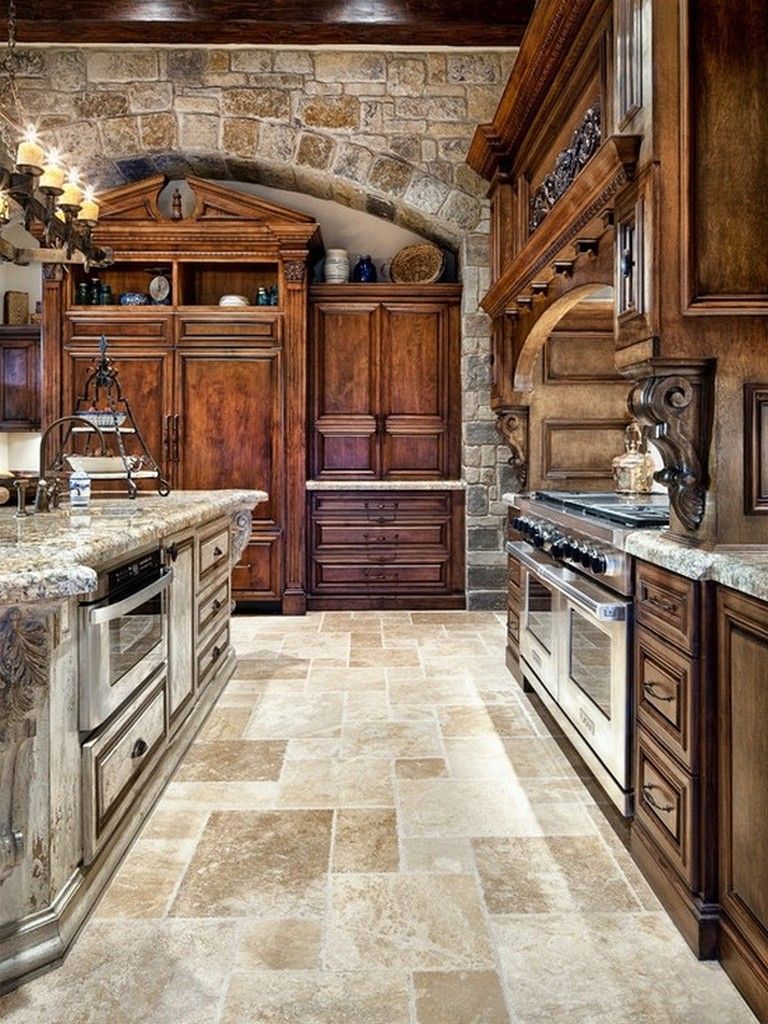 Later, the flounces were reduced in size by at least half, "to the bite of the queen."
Later, the flounces were reduced in size by at least half, "to the bite of the queen."
Filling for vol-au-vent can be very different: stew, fish, mushrooms, even snails and crayfish. The main feature of the dish is its original shape. Vol-au-vent consists of several dough rings, fastened together with the help of egg white. Hot appetizers are served.
The baguette is usually broken, not cut. It is eaten only fresh, a few hours after cooking it becomes stale. The main condition for creating an airy light baguette is a well-heated oven. One of the features of the baguette is the speed of its preparation.
Other traditional French cuisine
Biscuits (les galettes) is a flour product, the main property of which is a long shelf life. This word (translated as “boulder”) denotes several dishes at once, including cookies, crackers, crackers, pancakes, and even a type of bread. For example, a typical snack in the French region of Brittany is sausage biscuits, thin pancakes wrapped with fried sausage or sausage.


